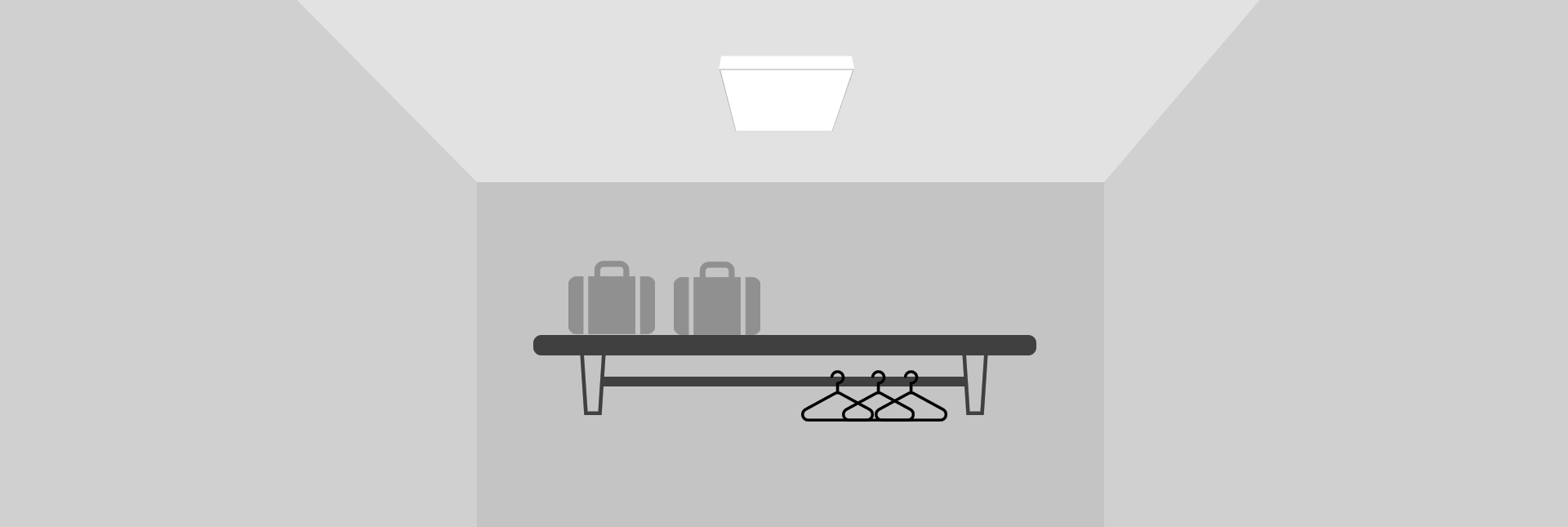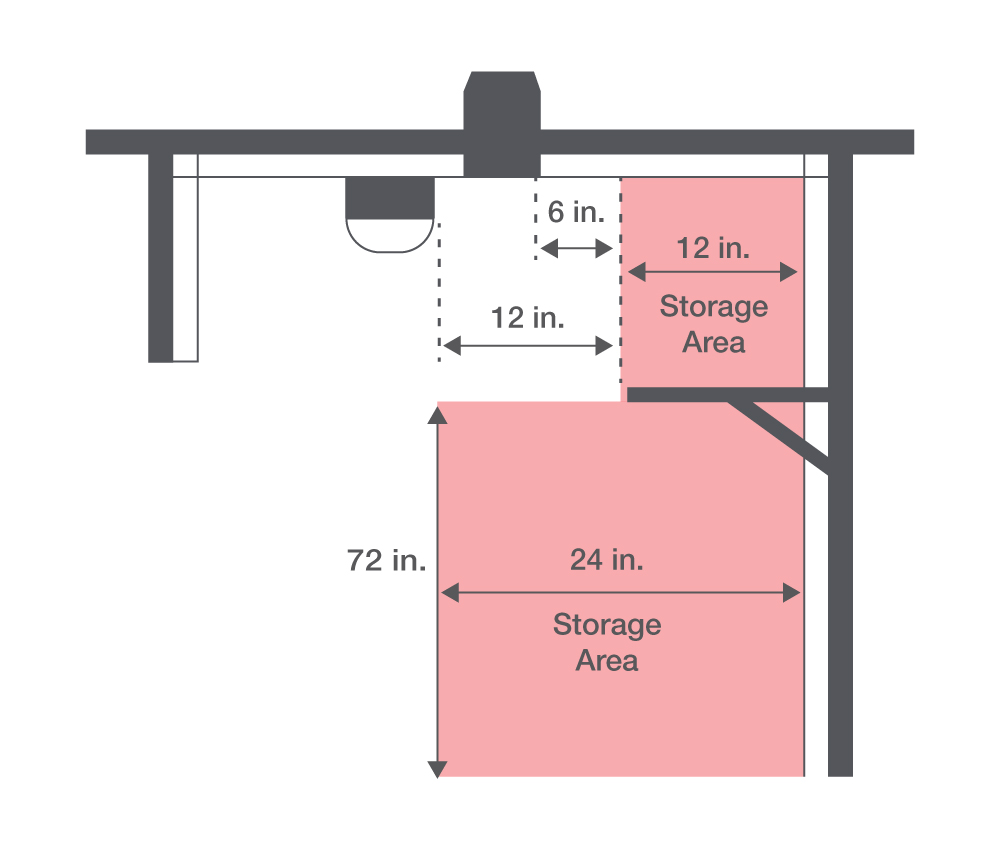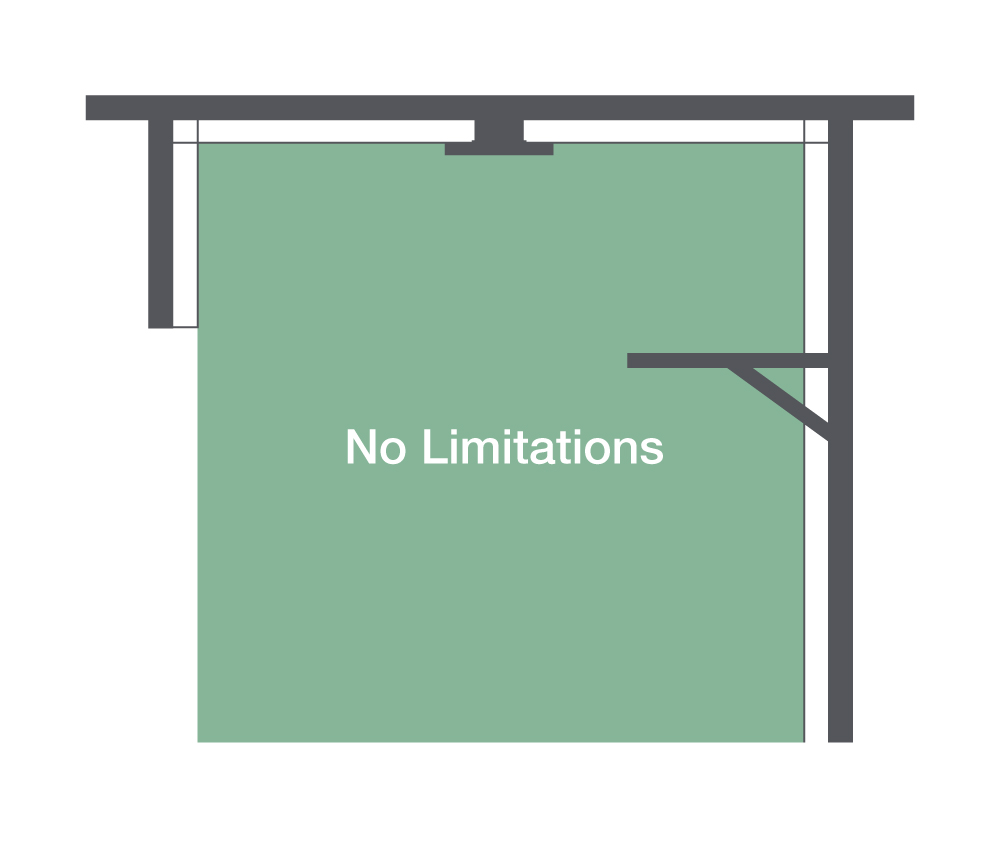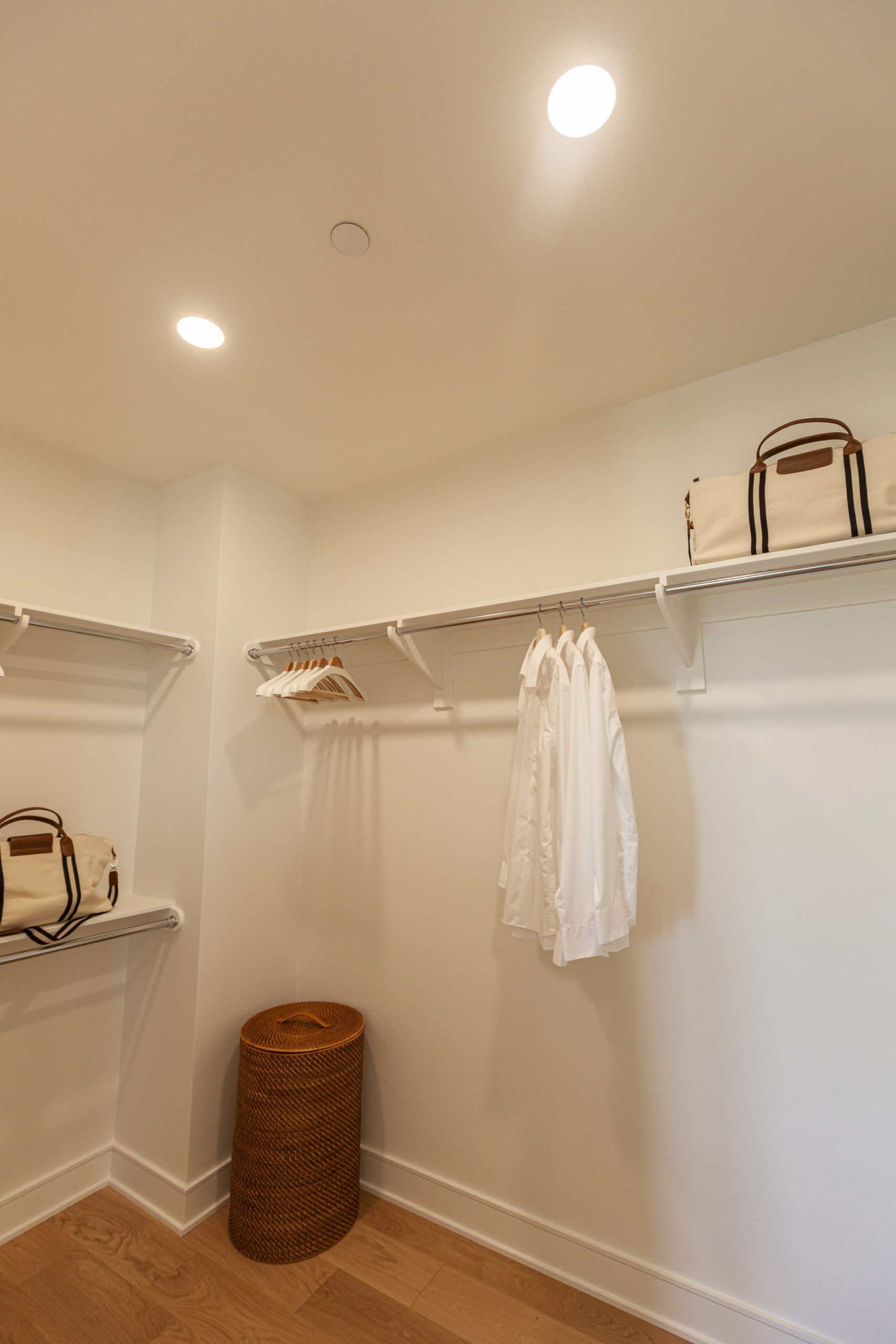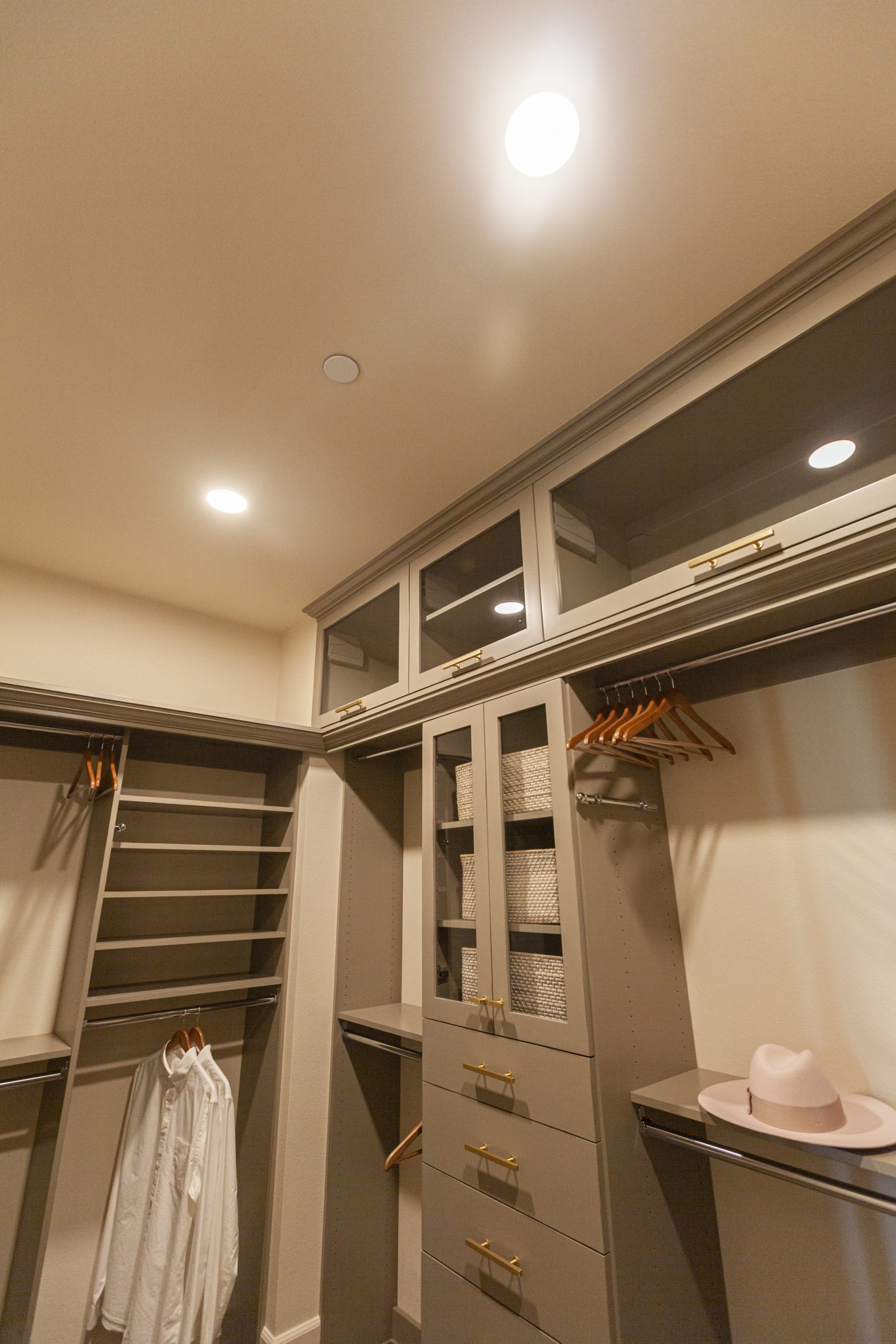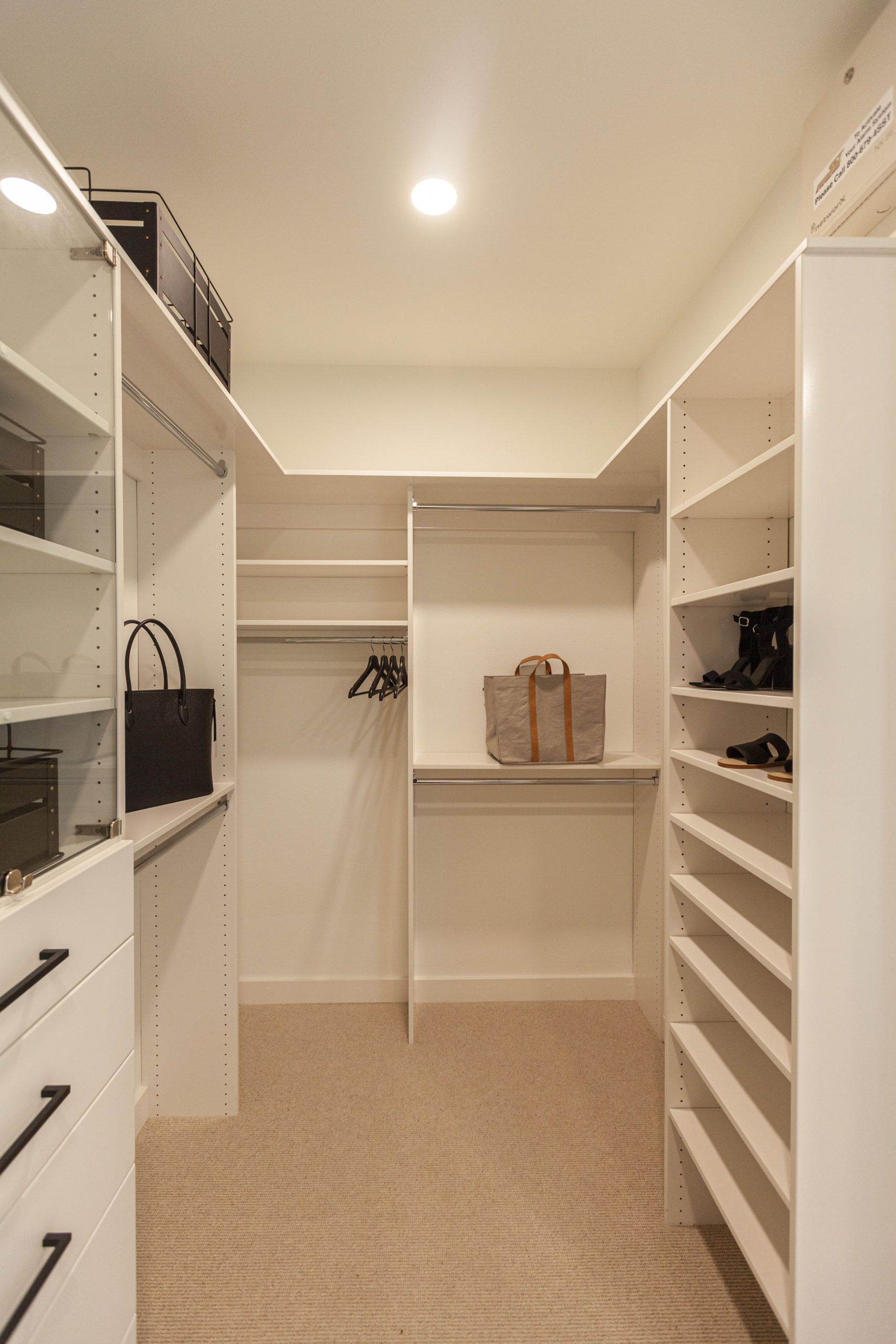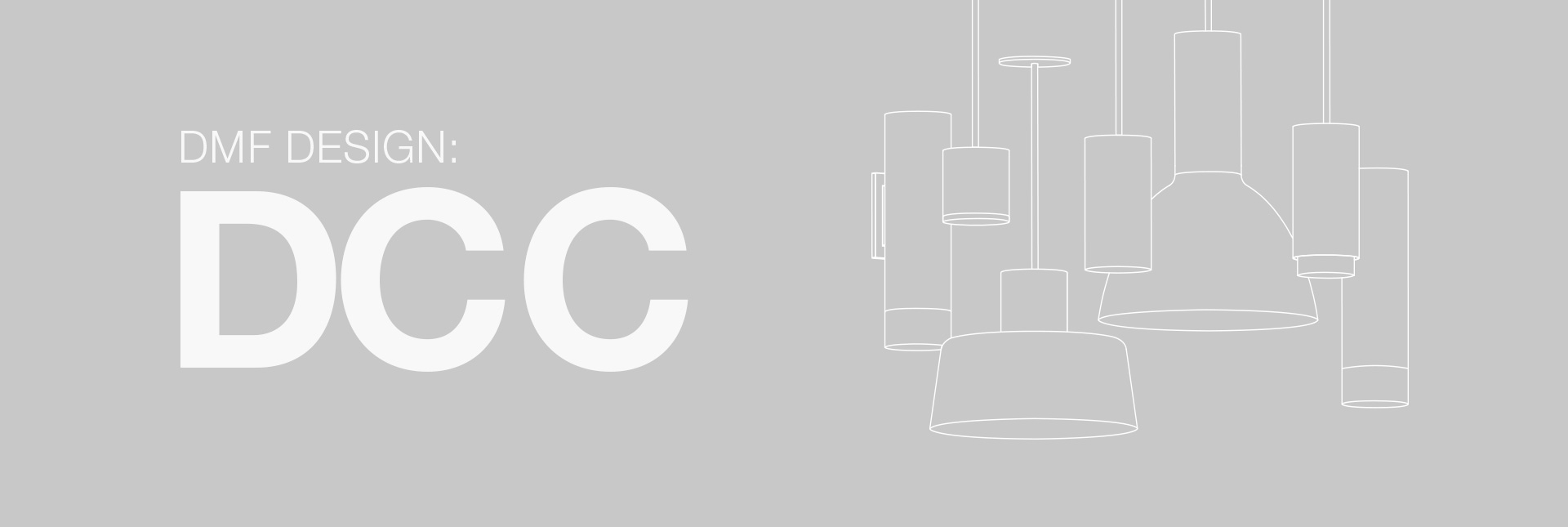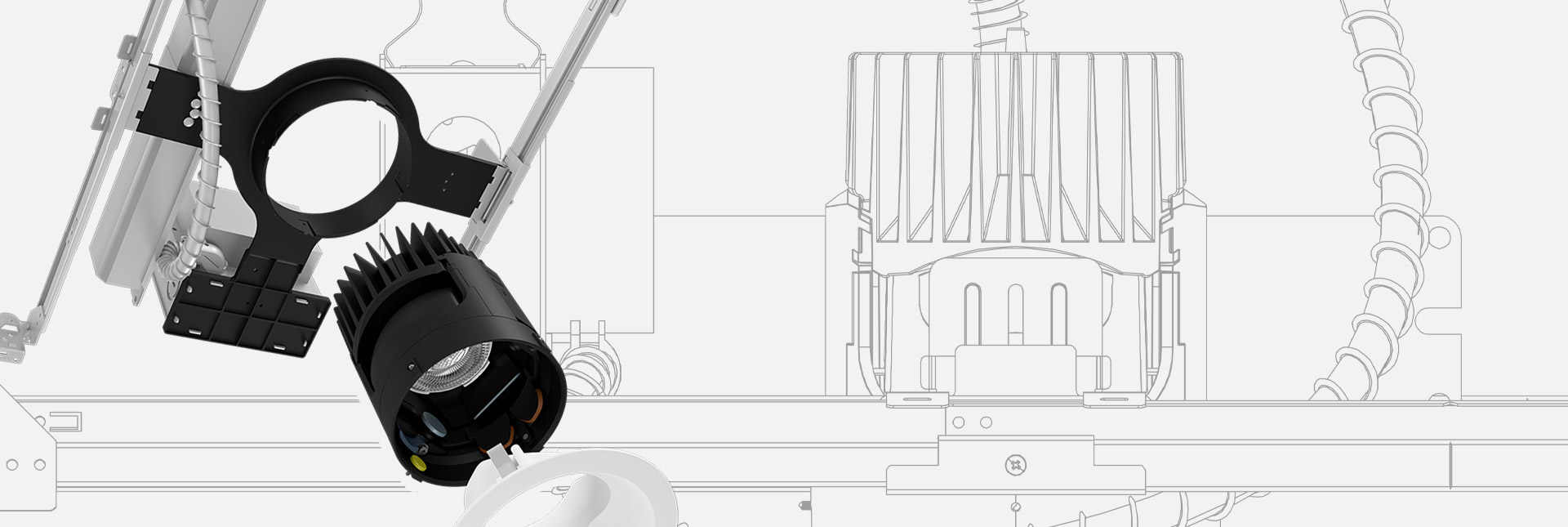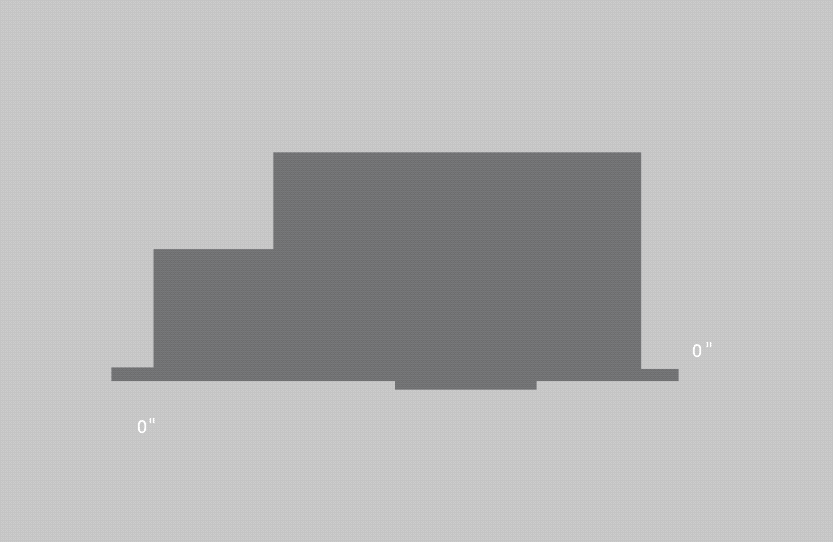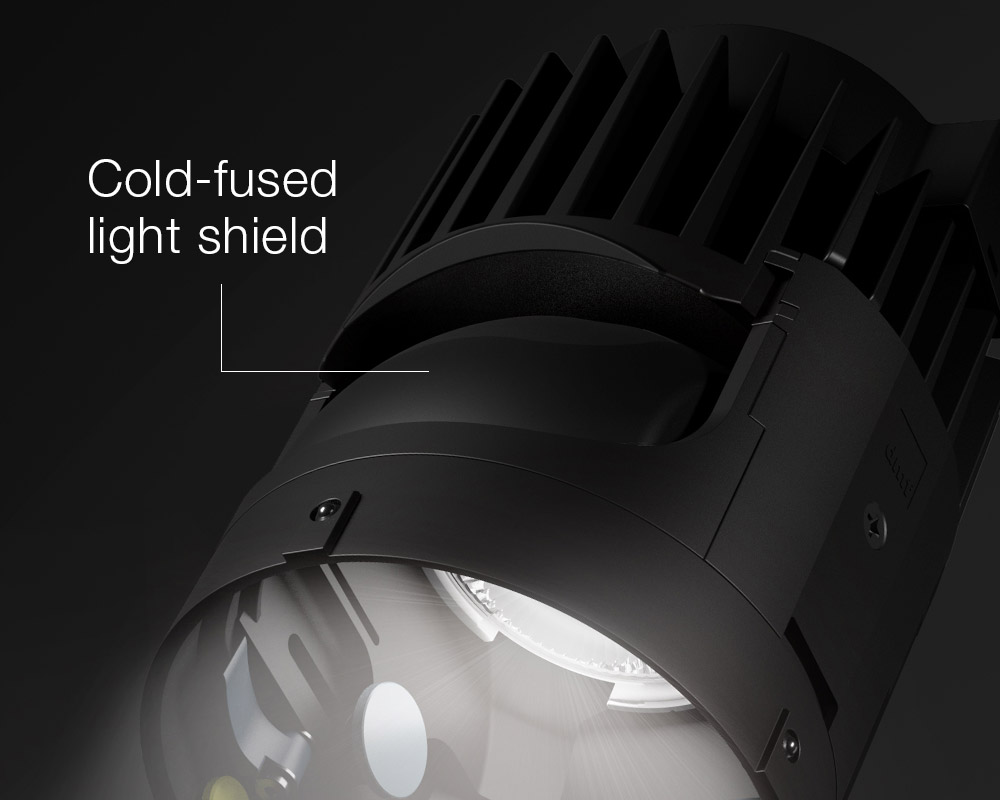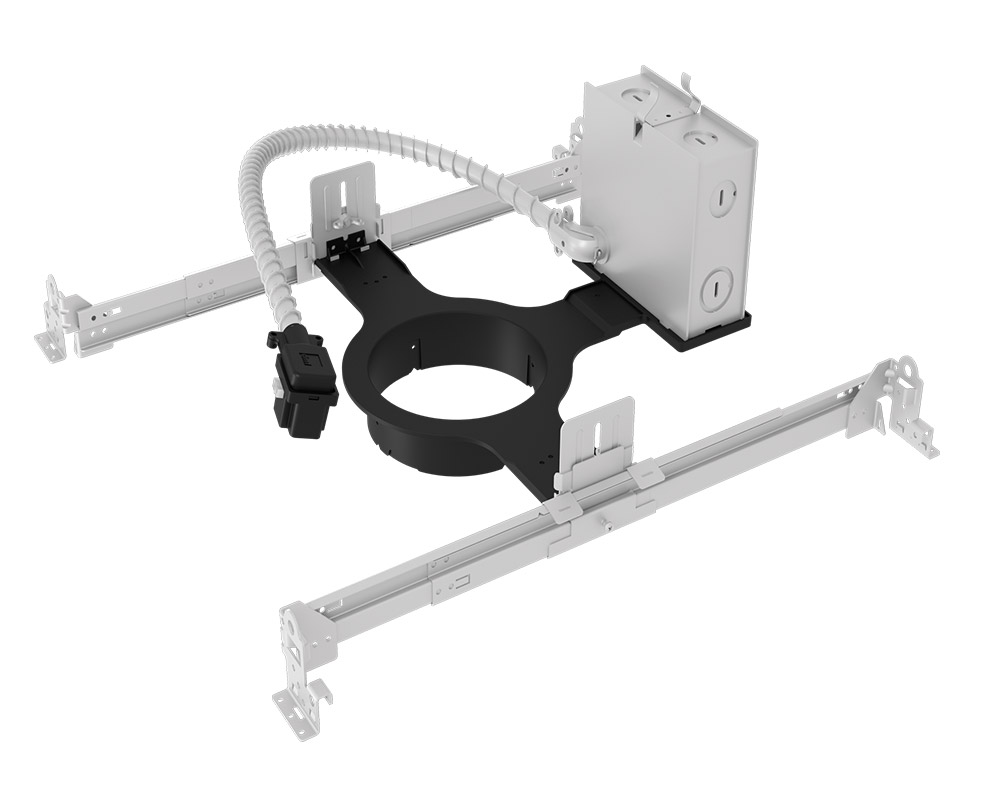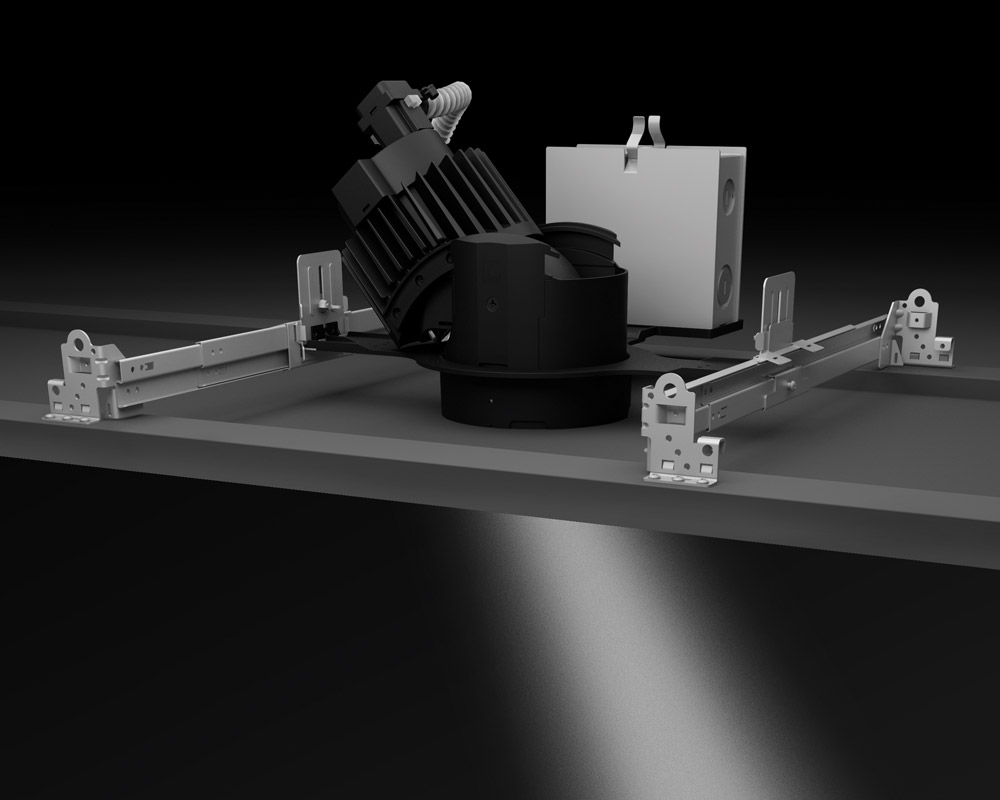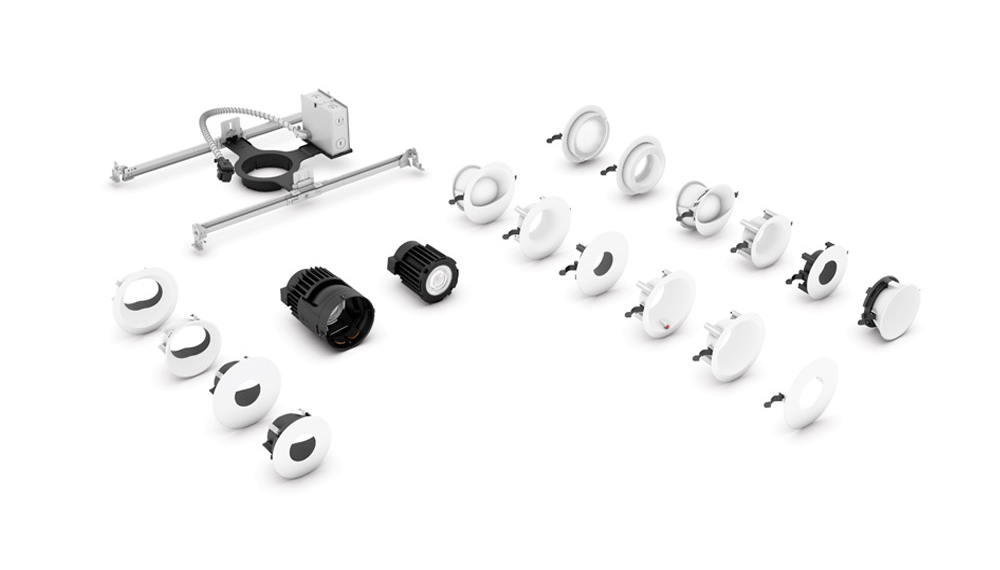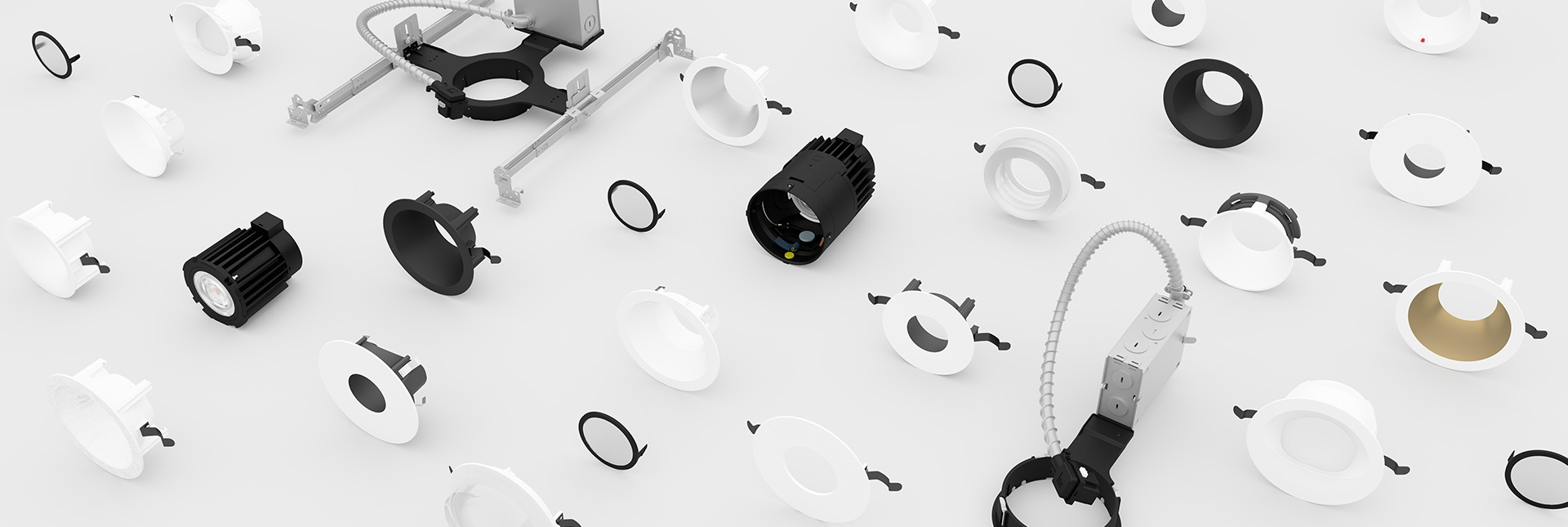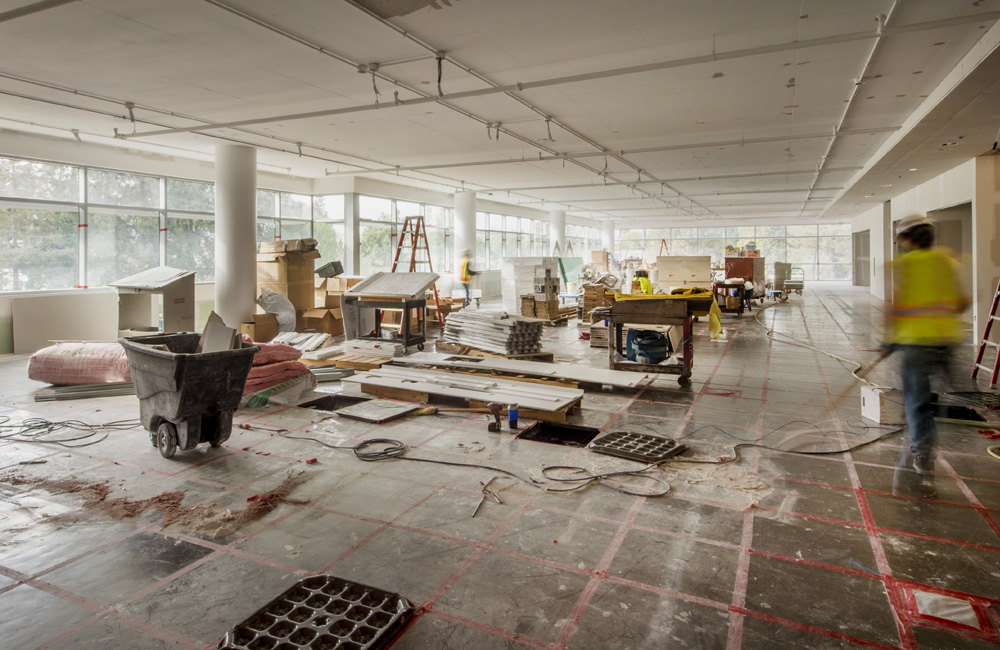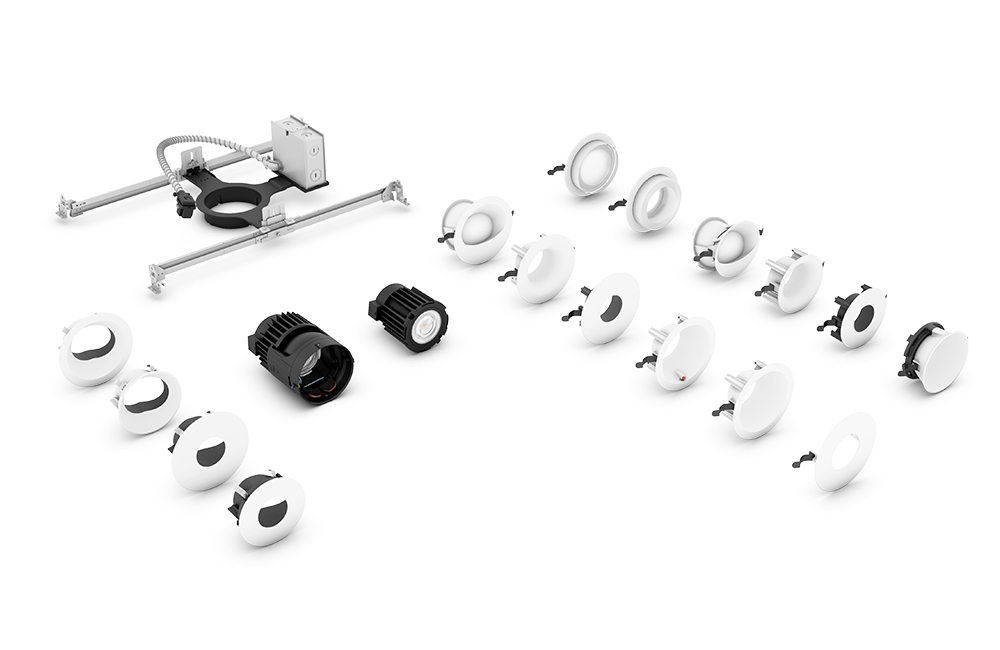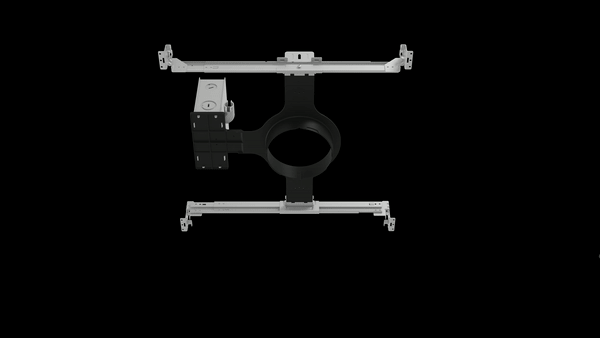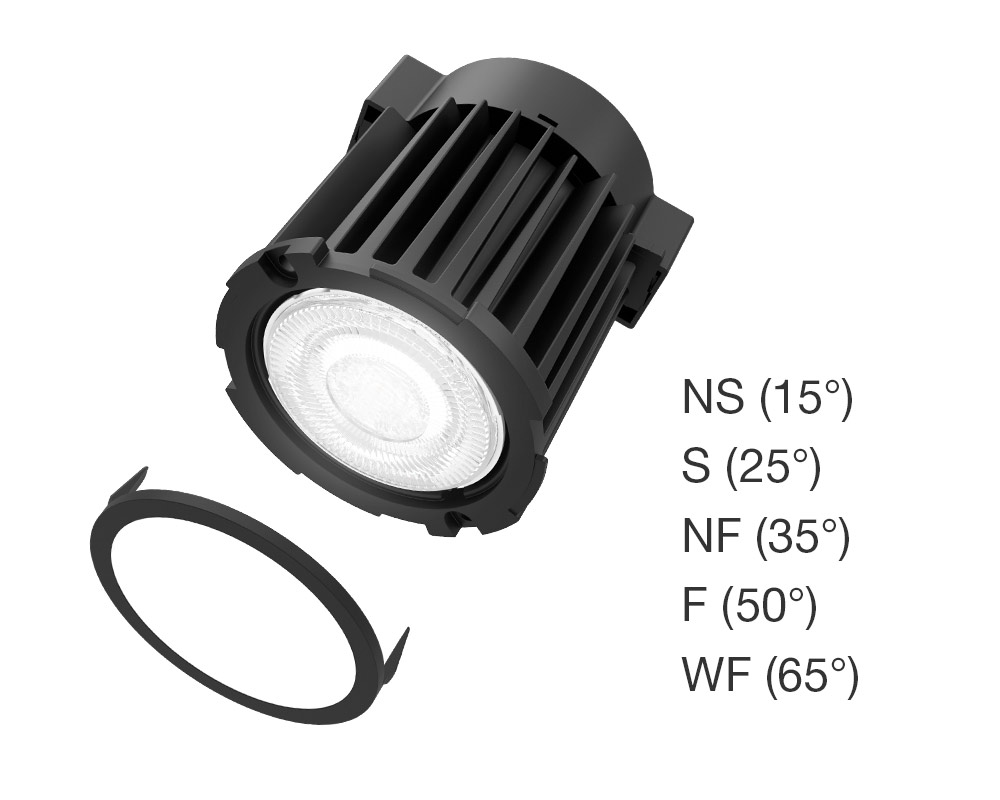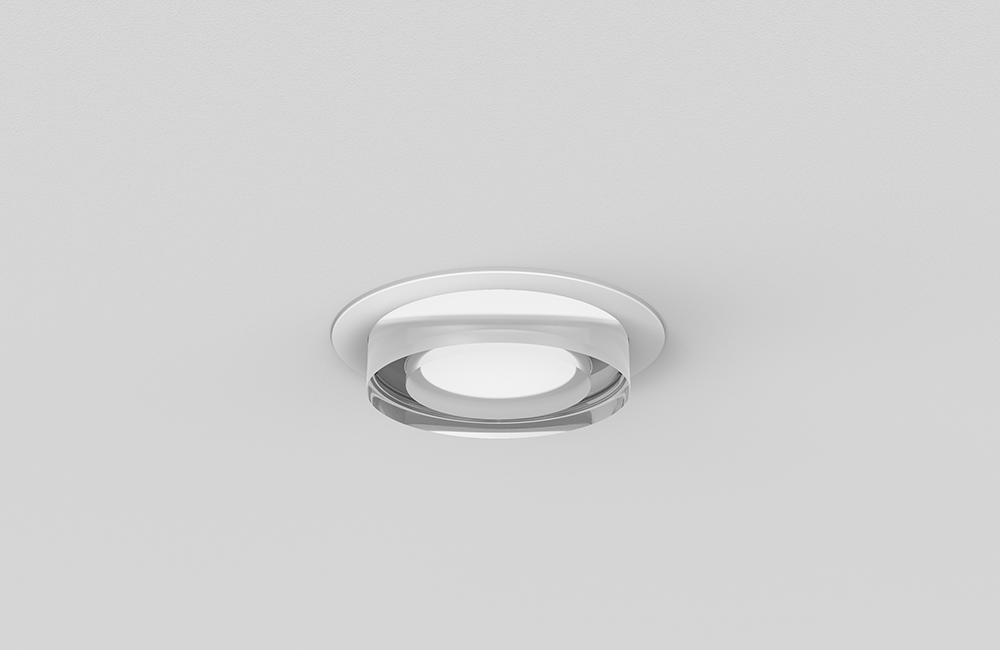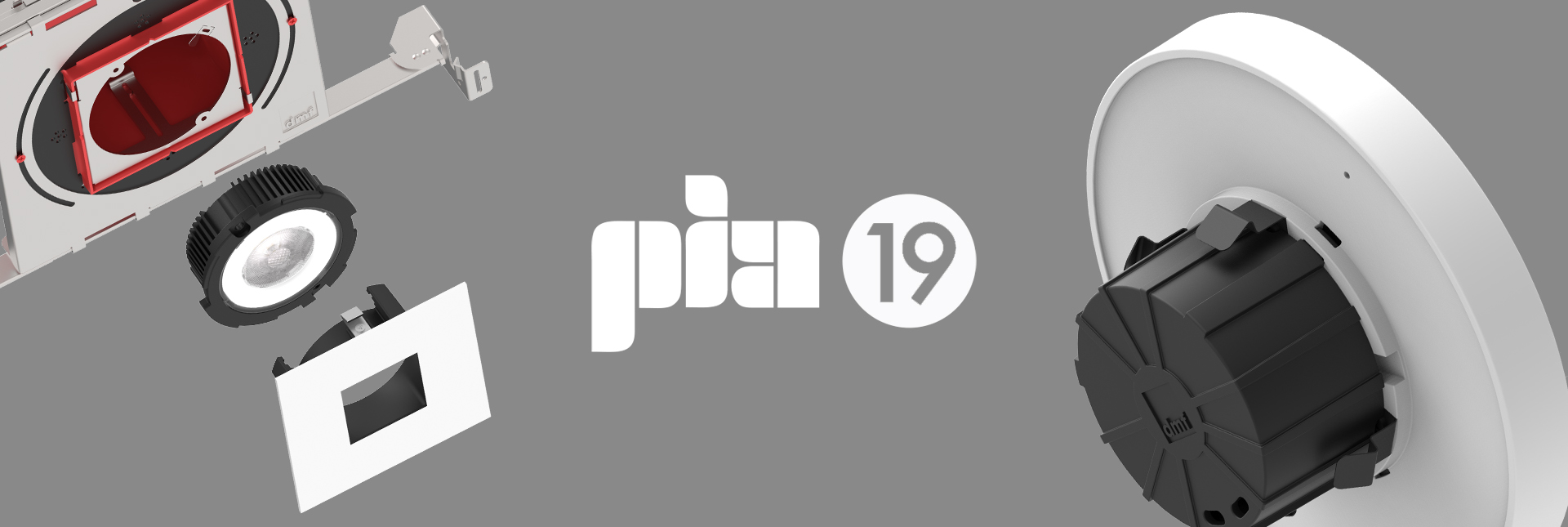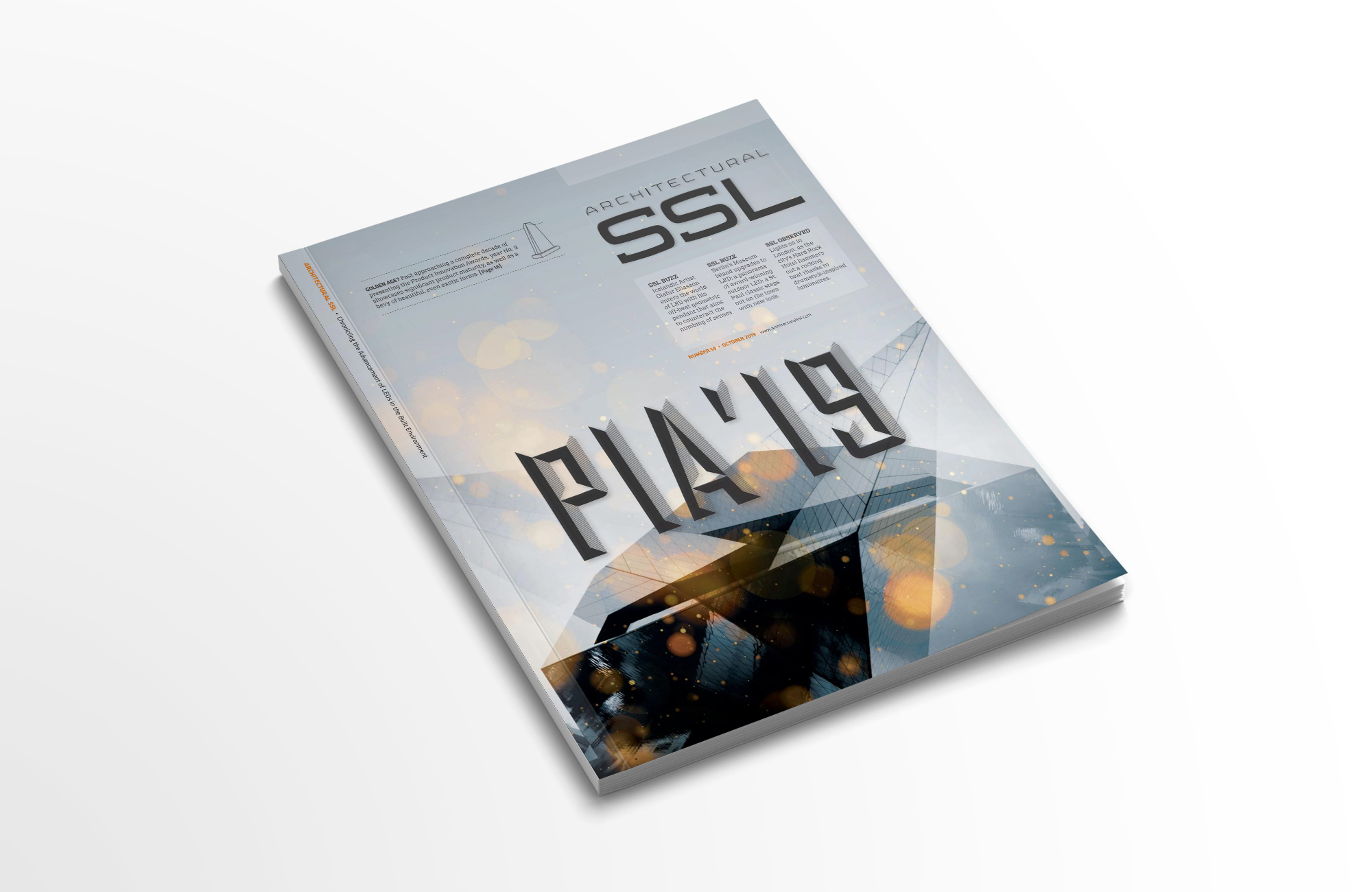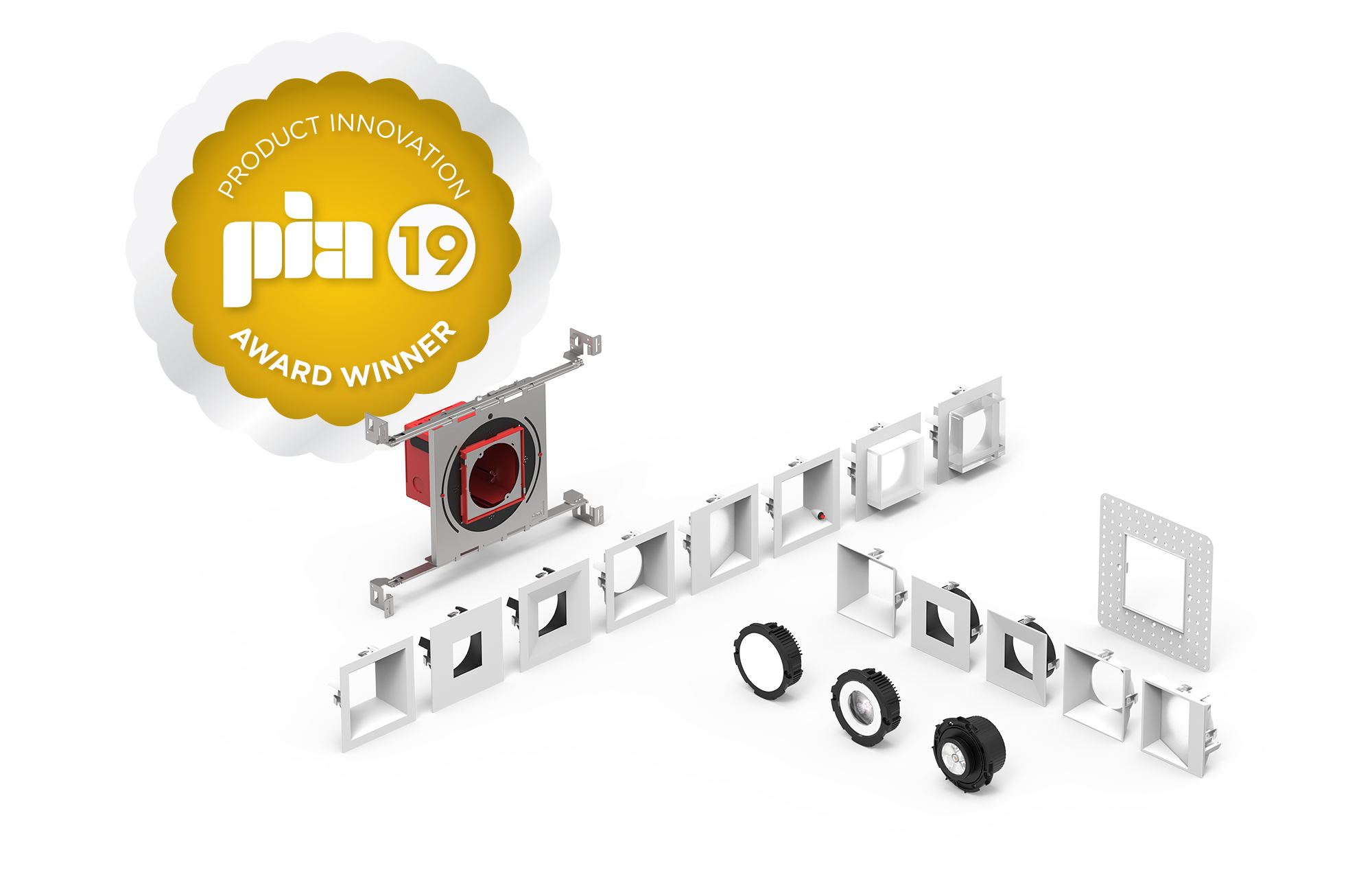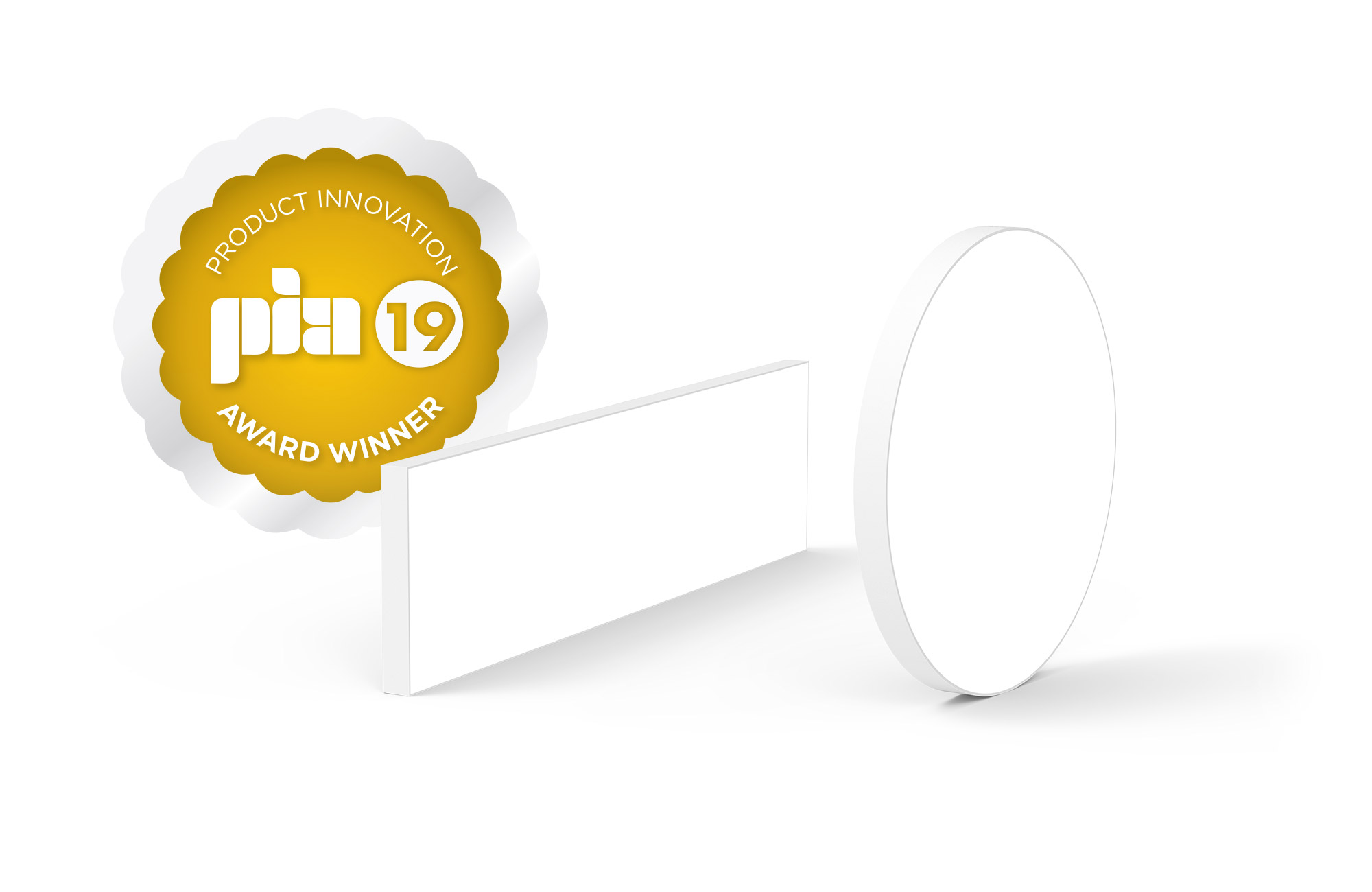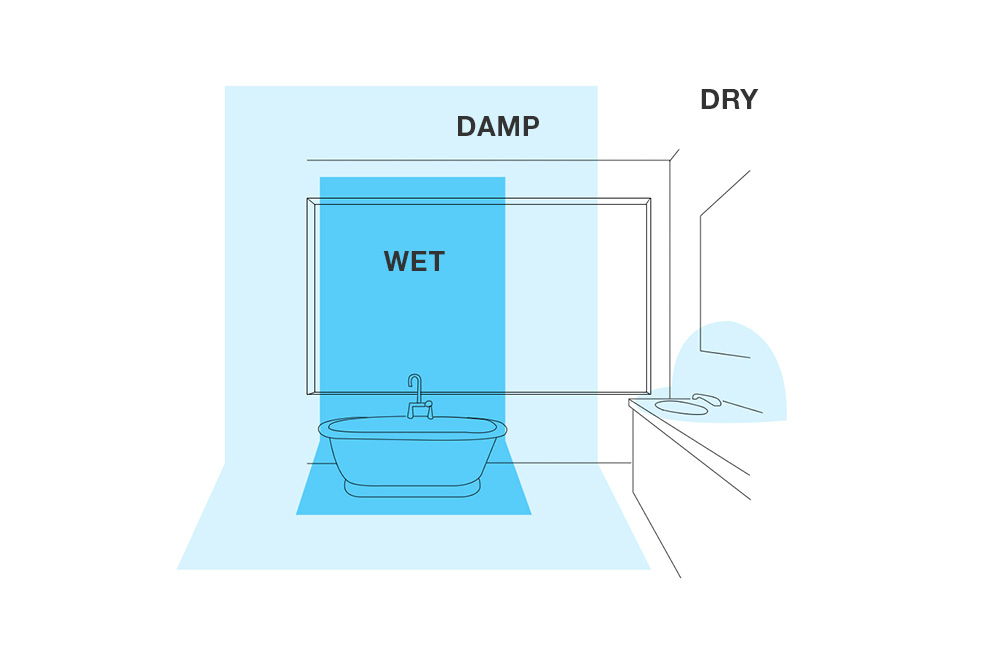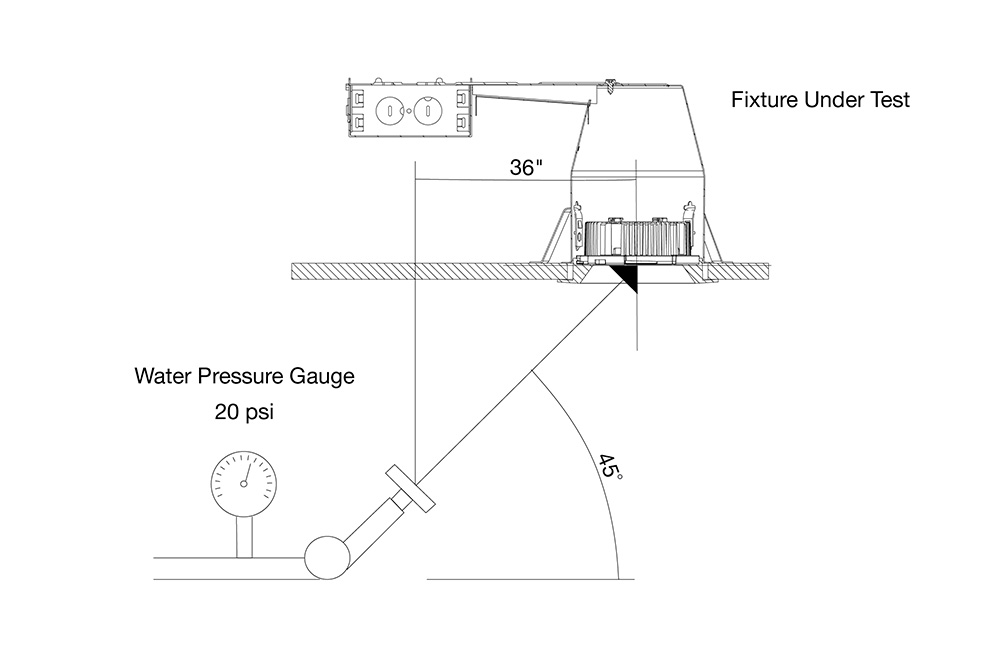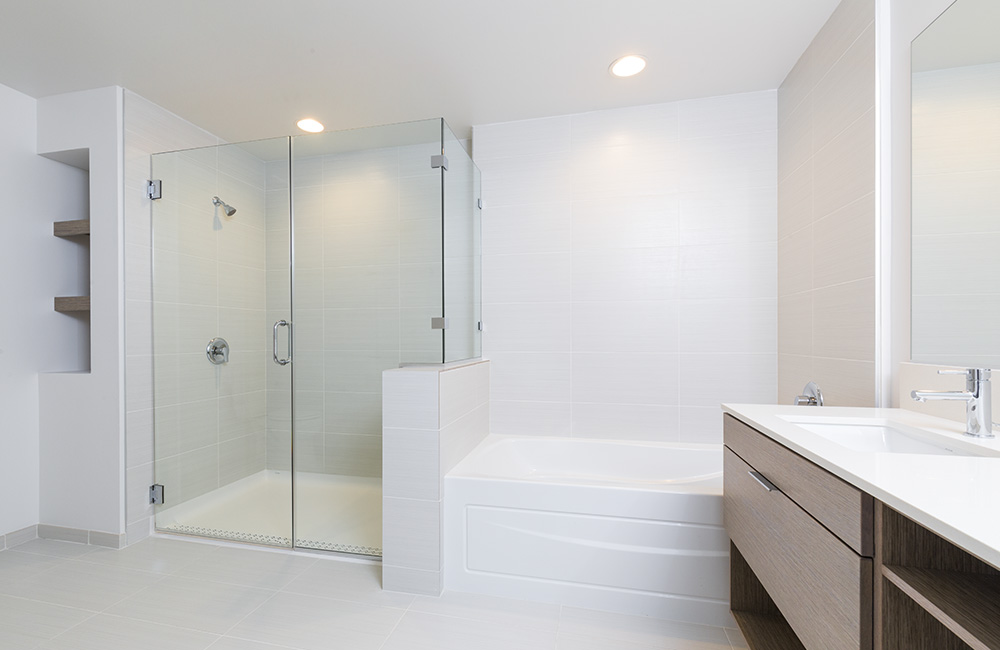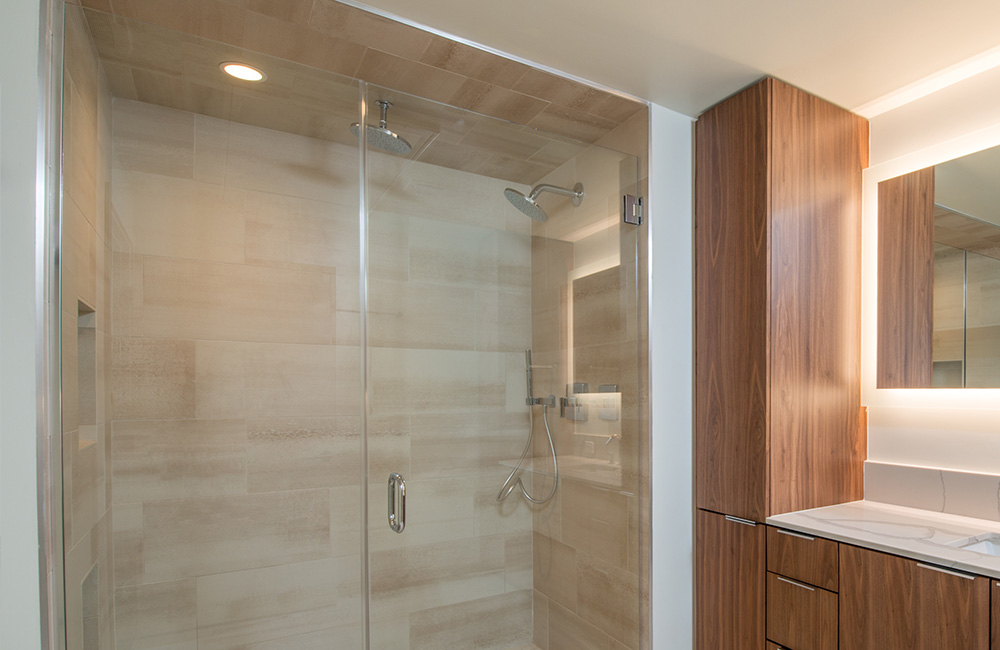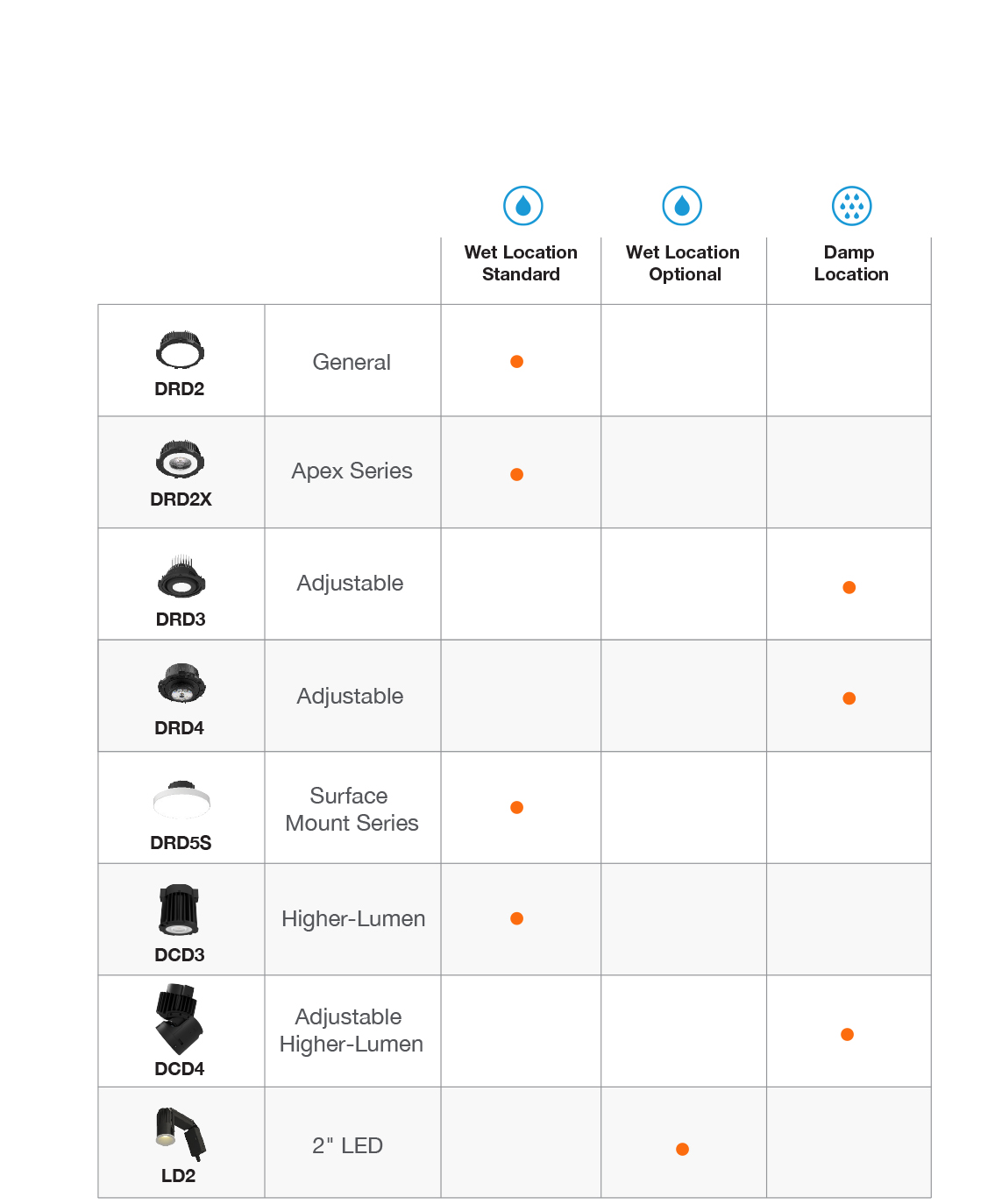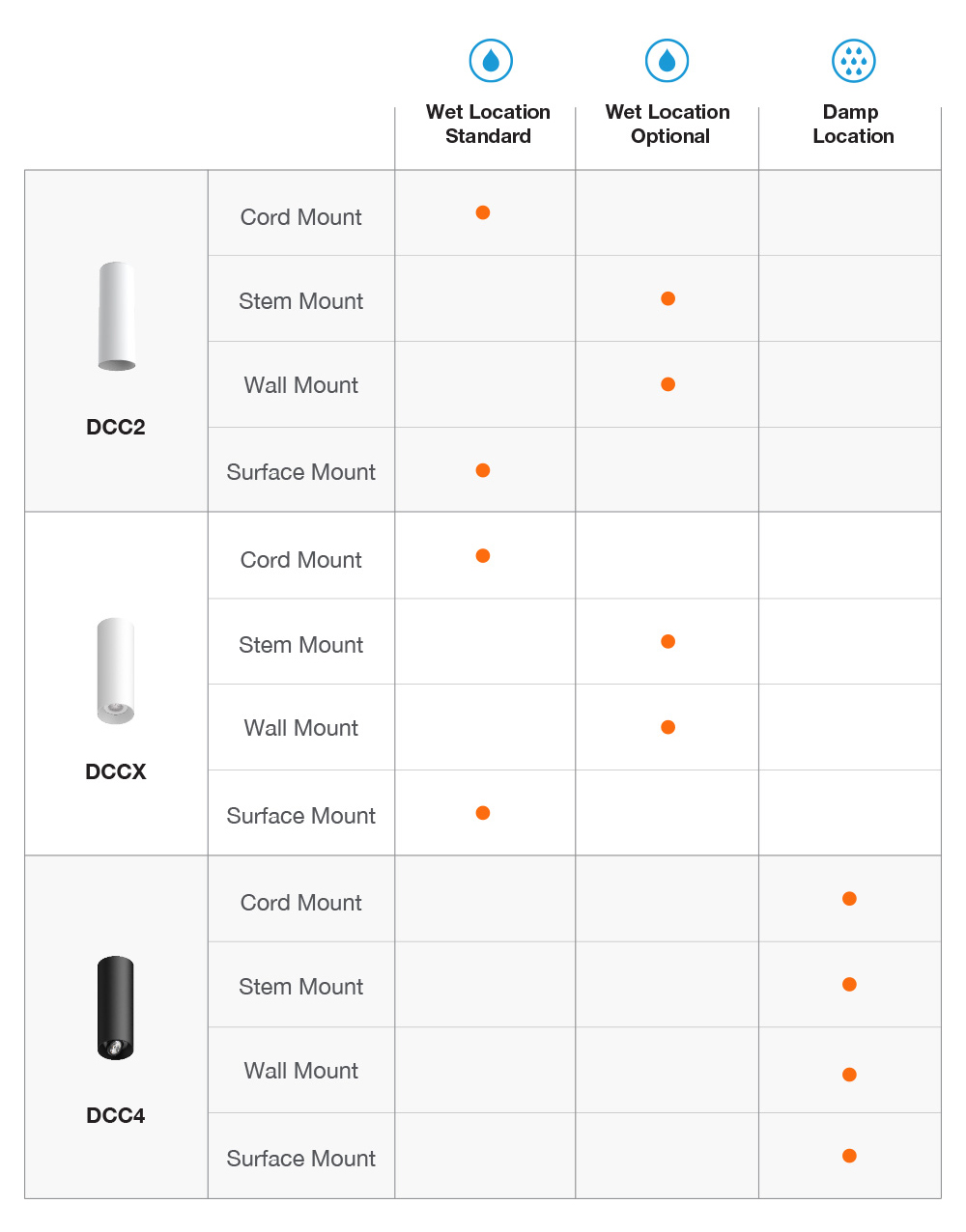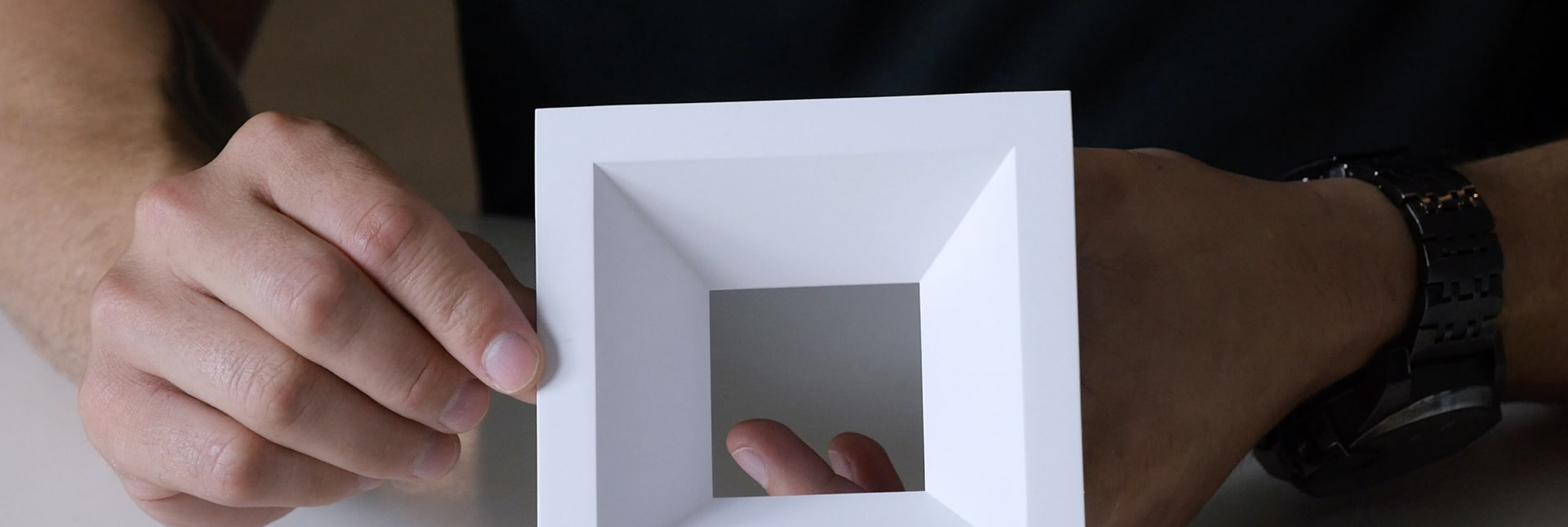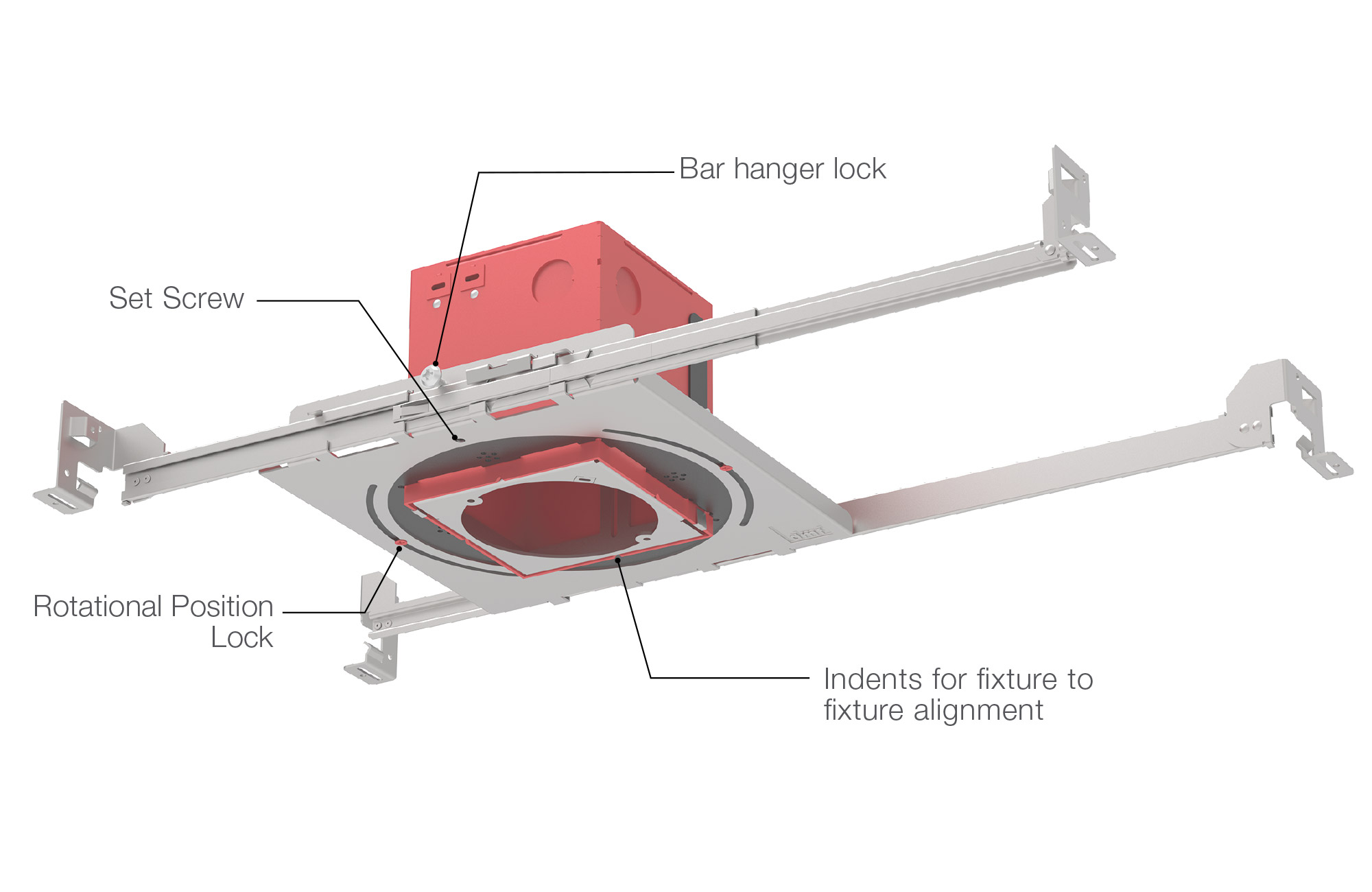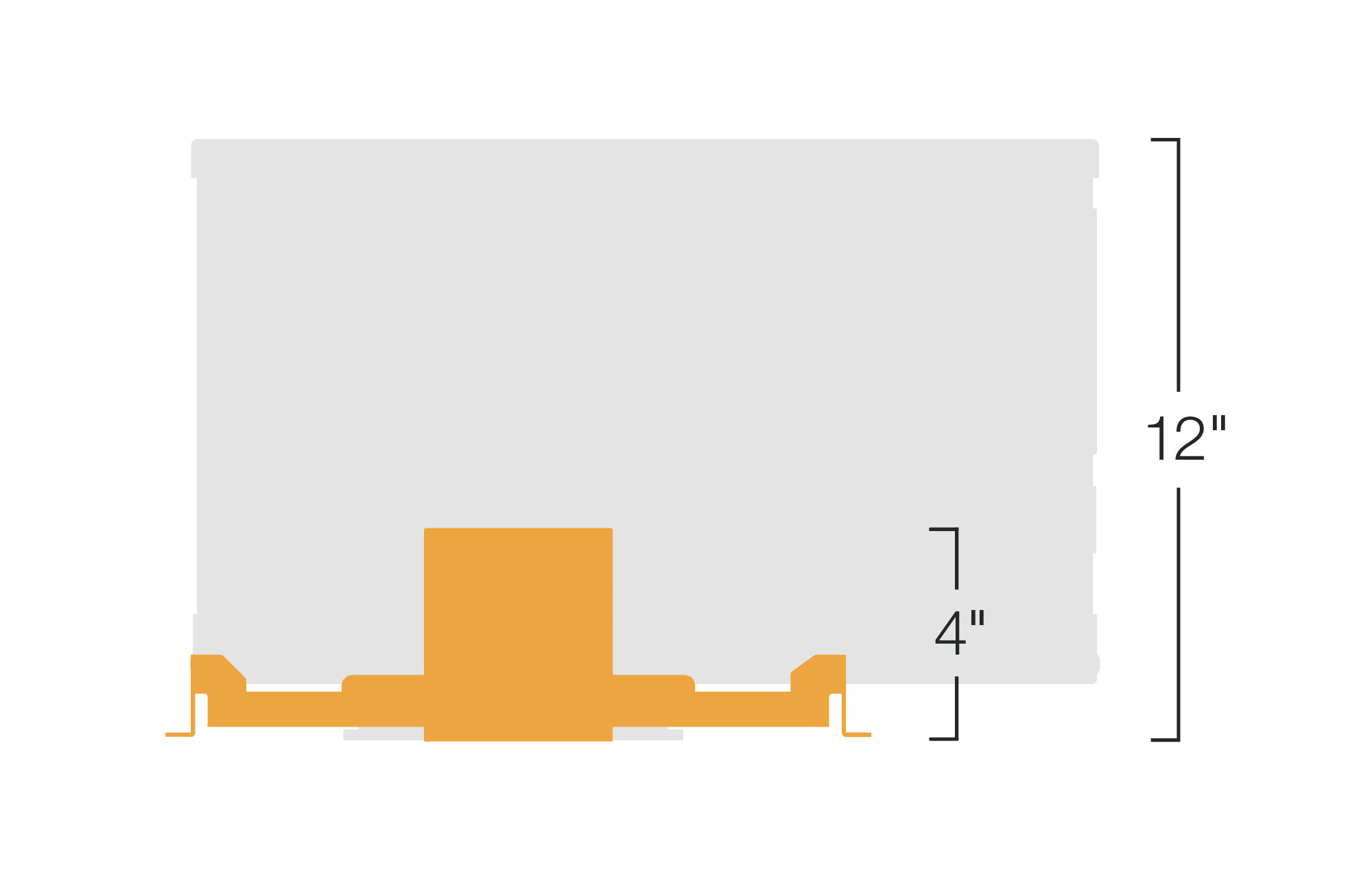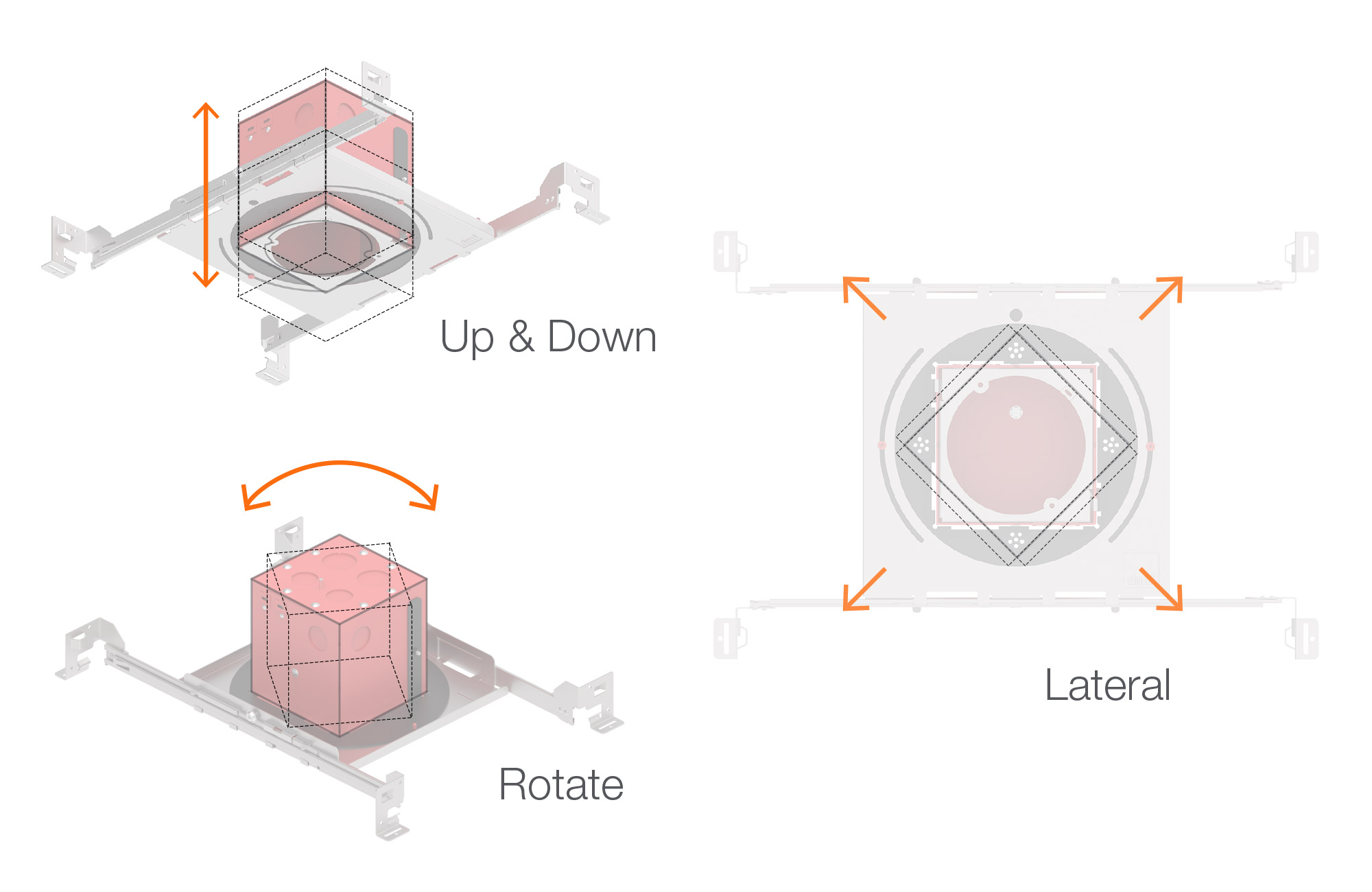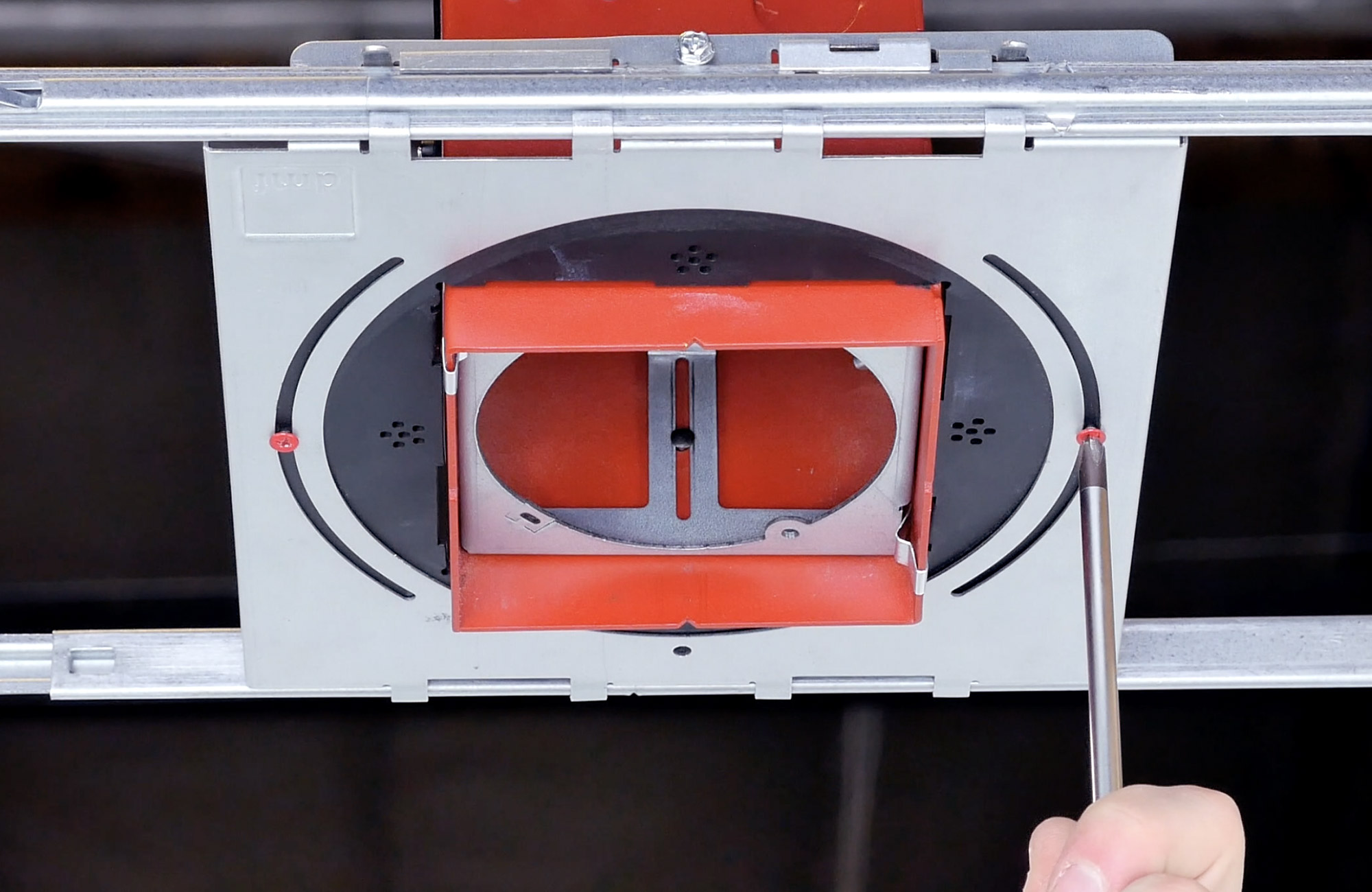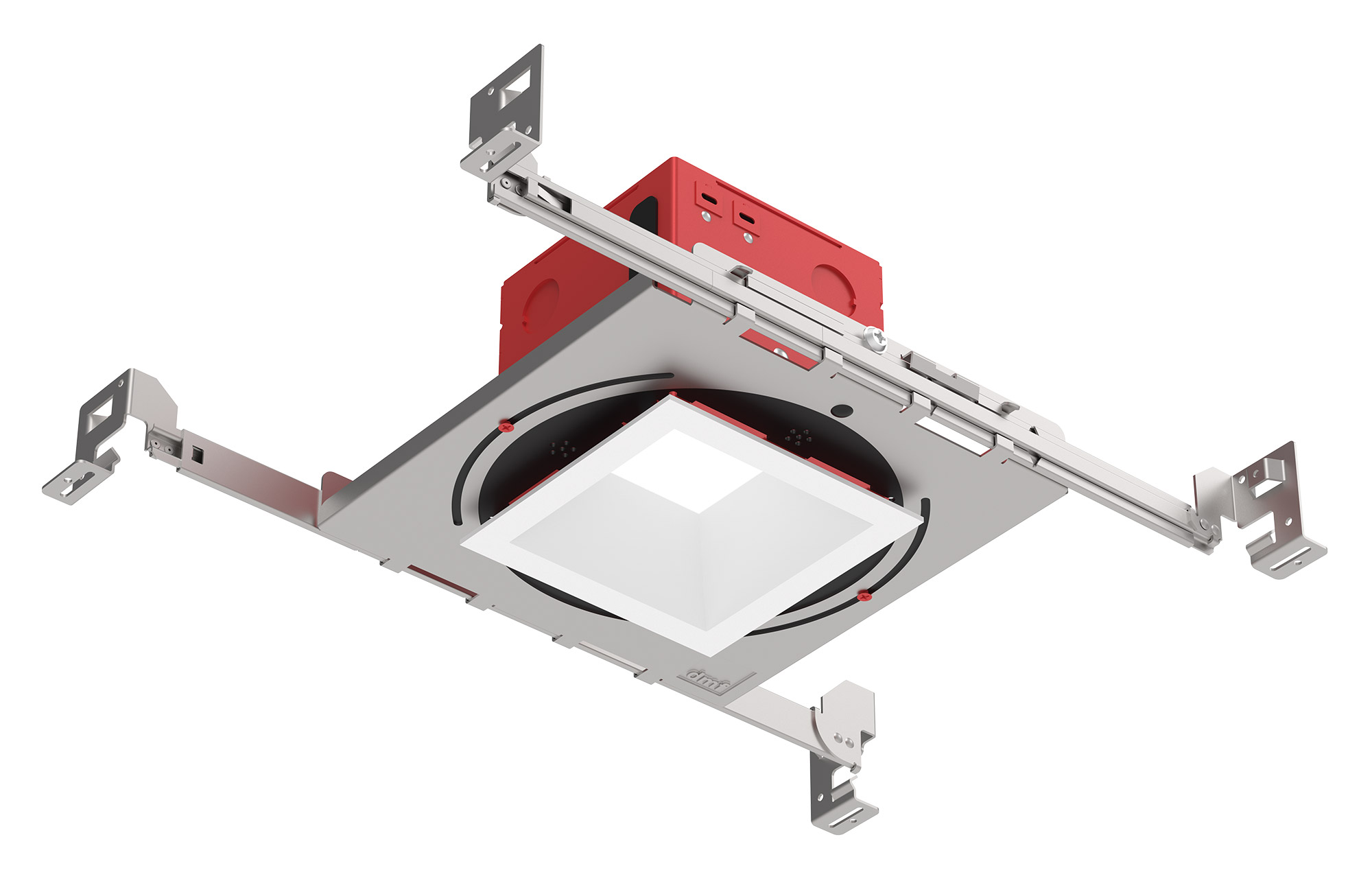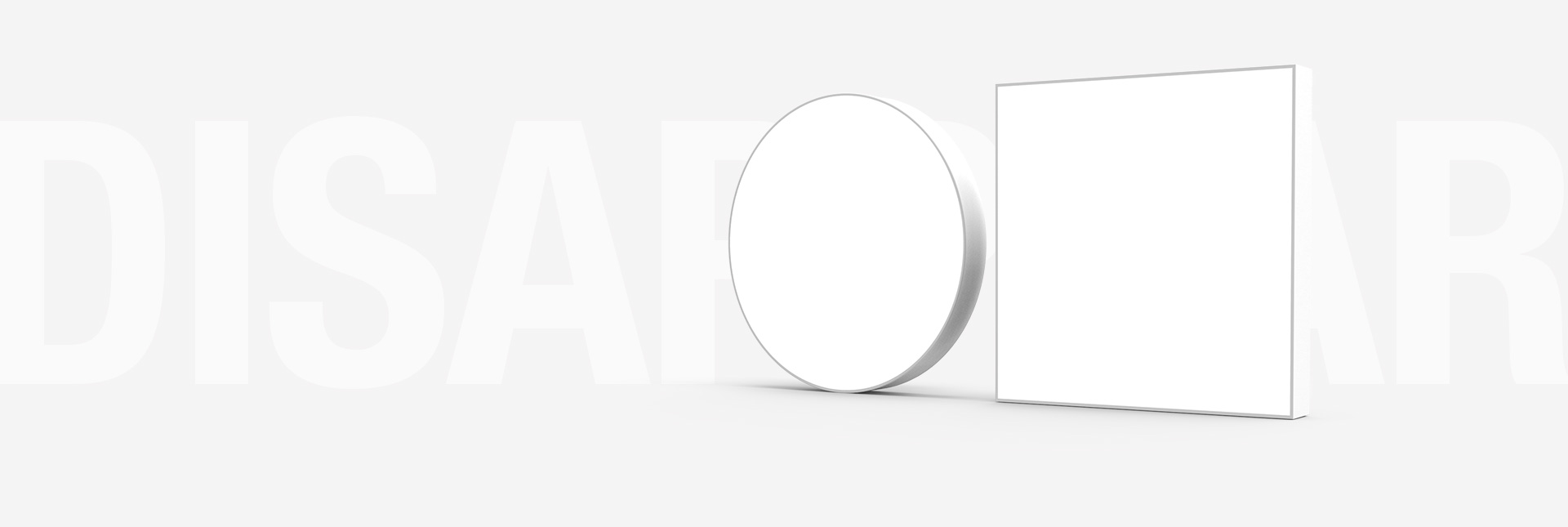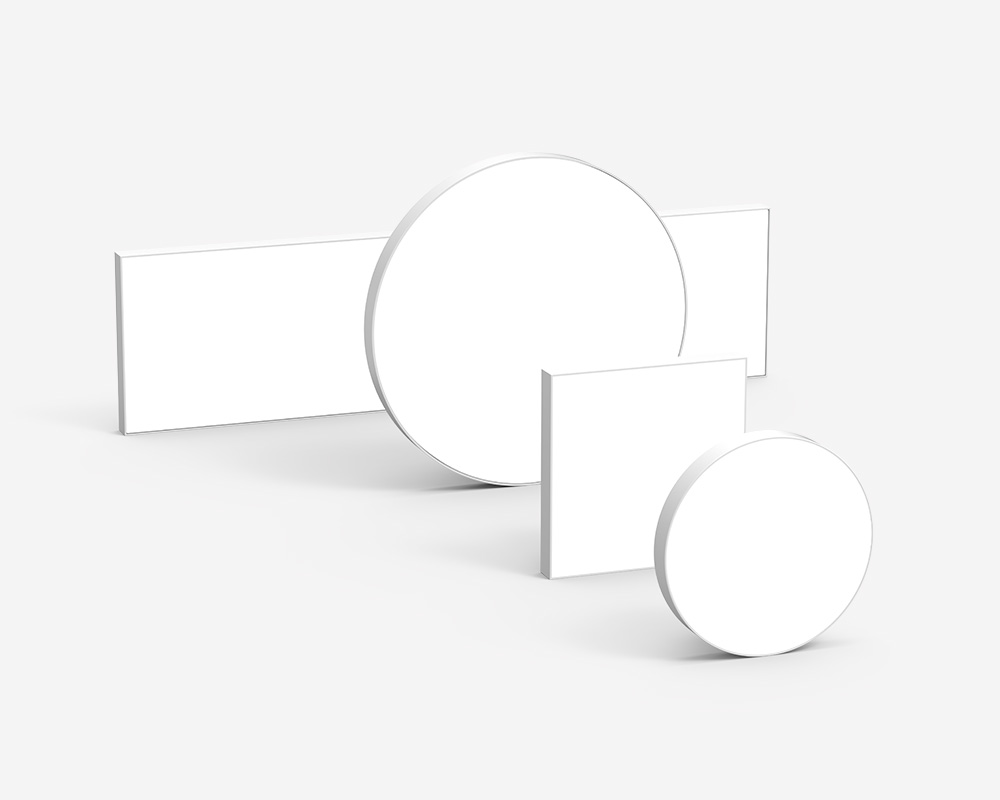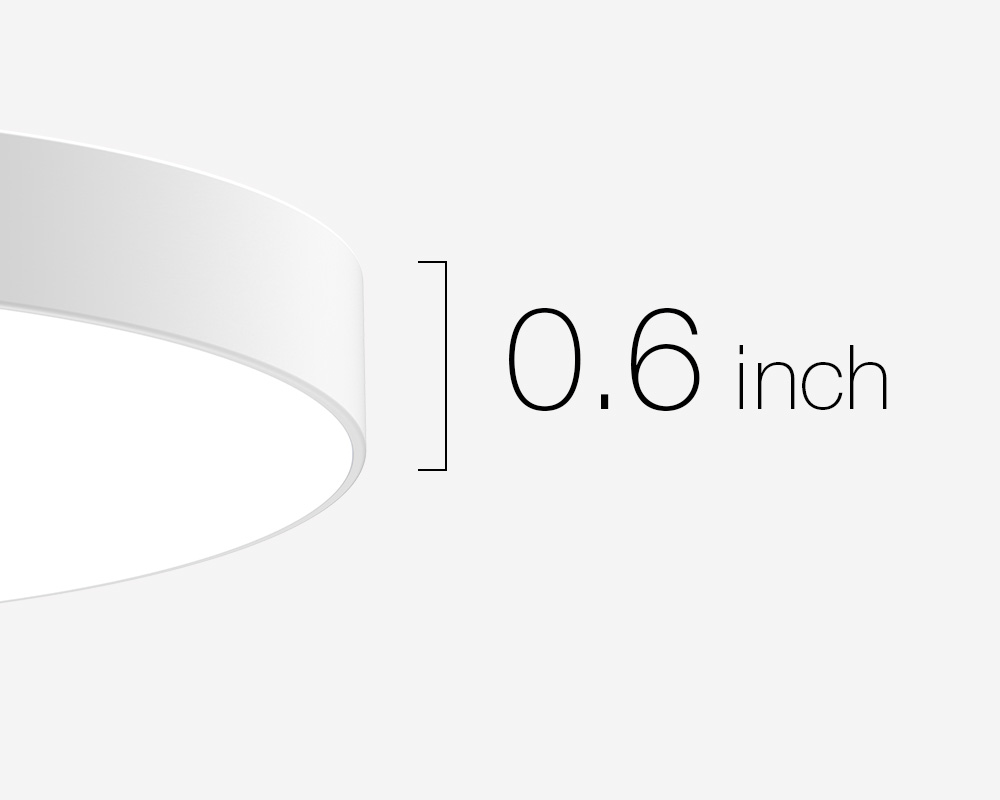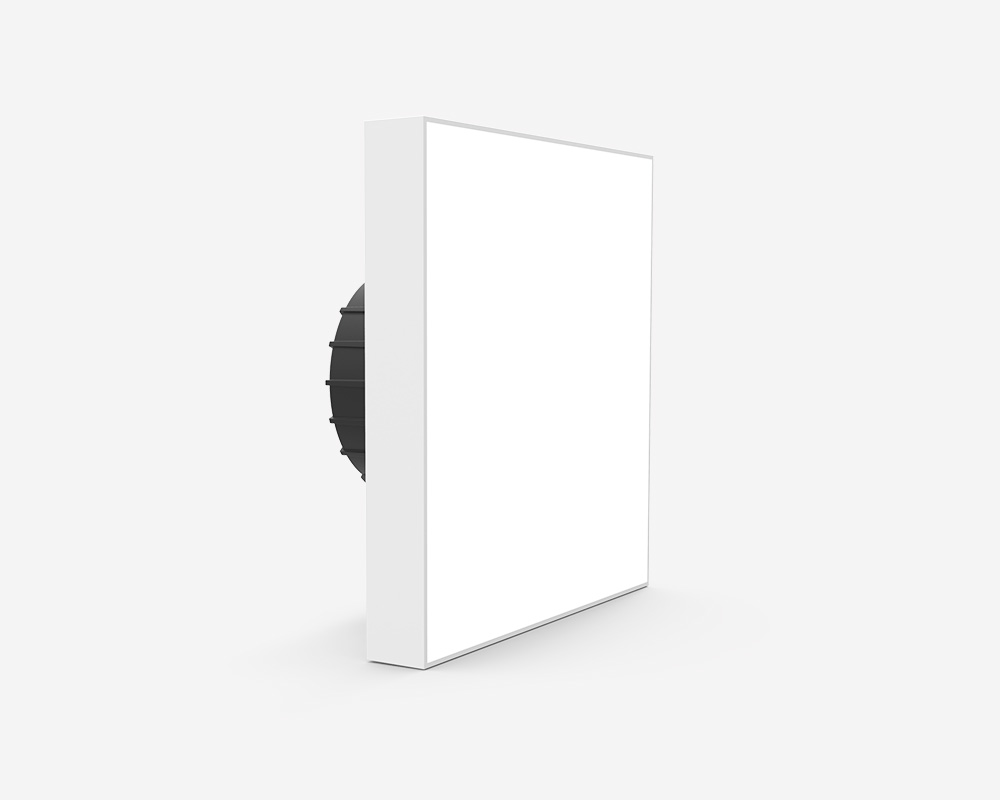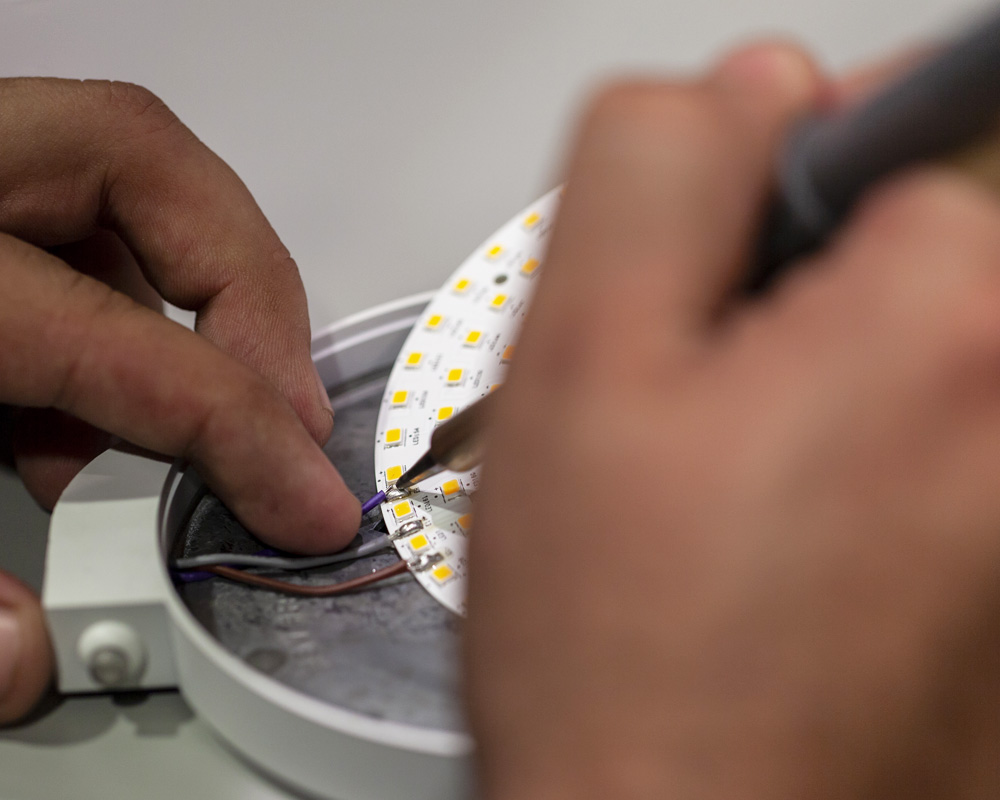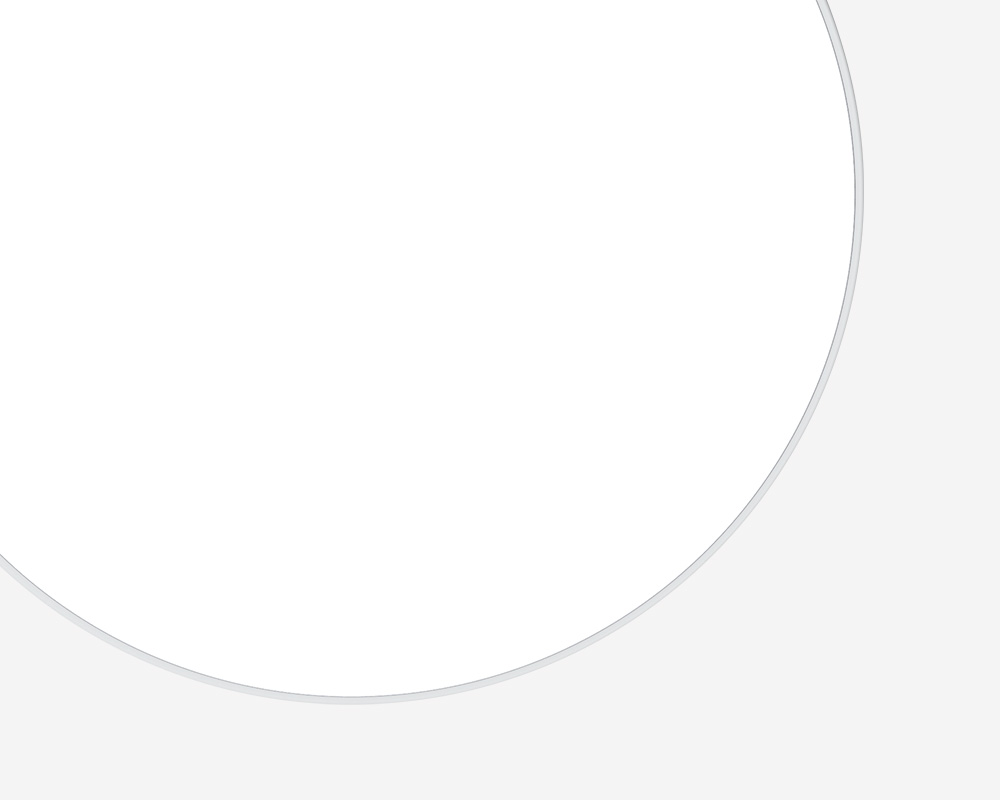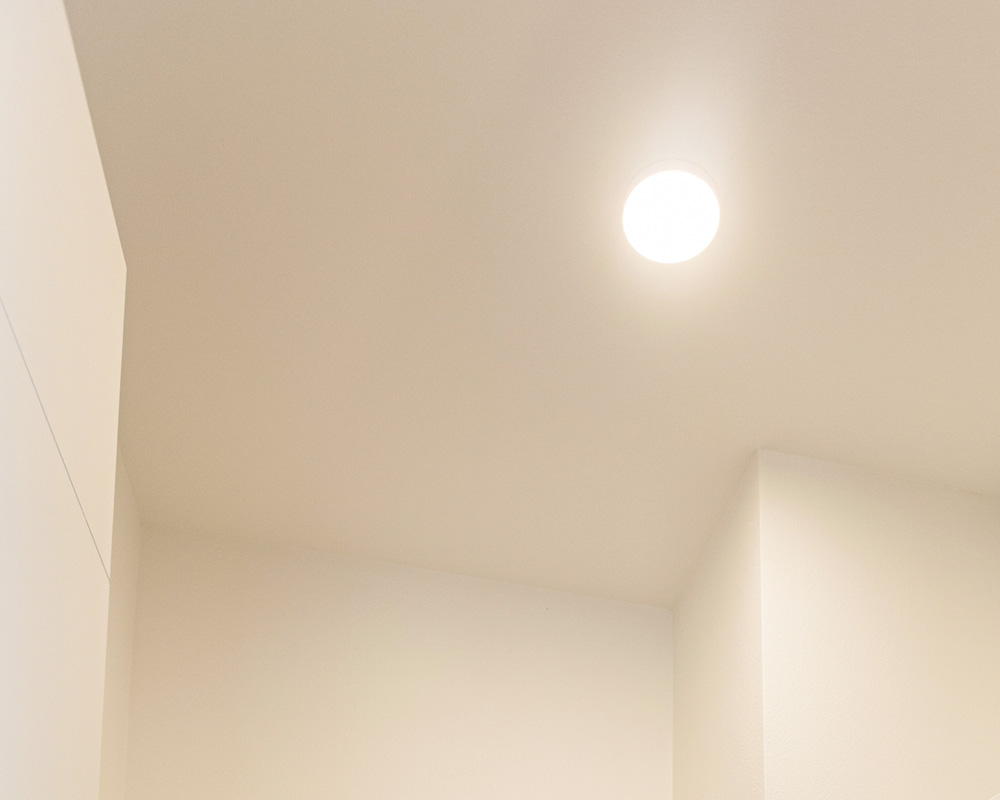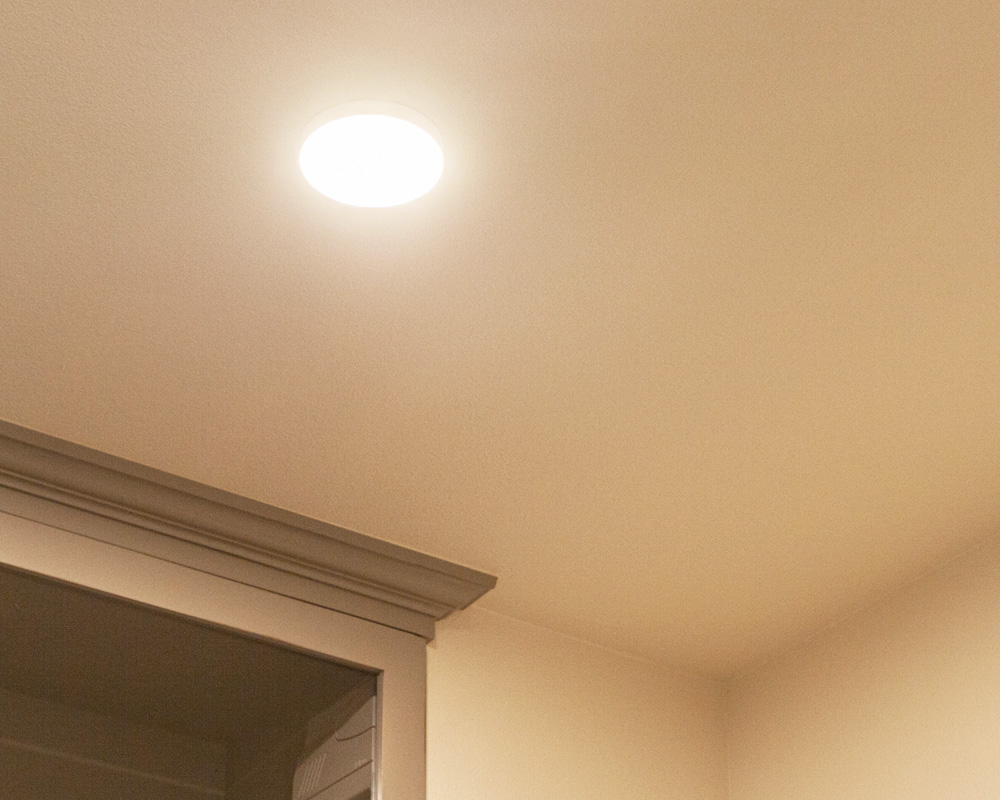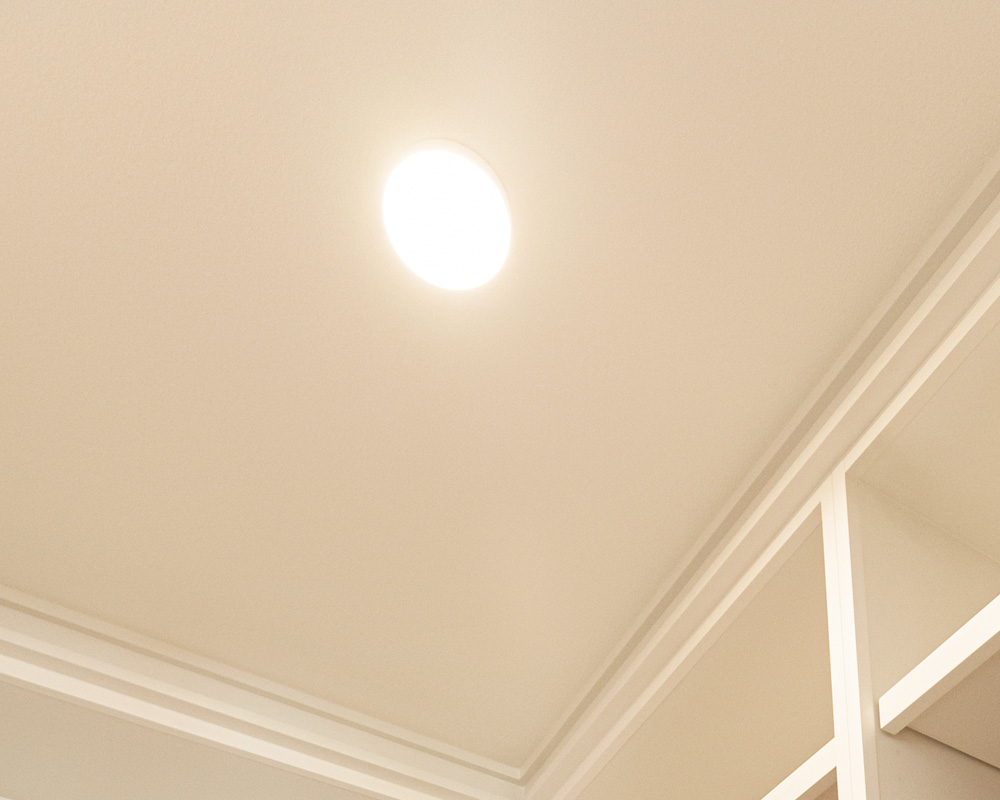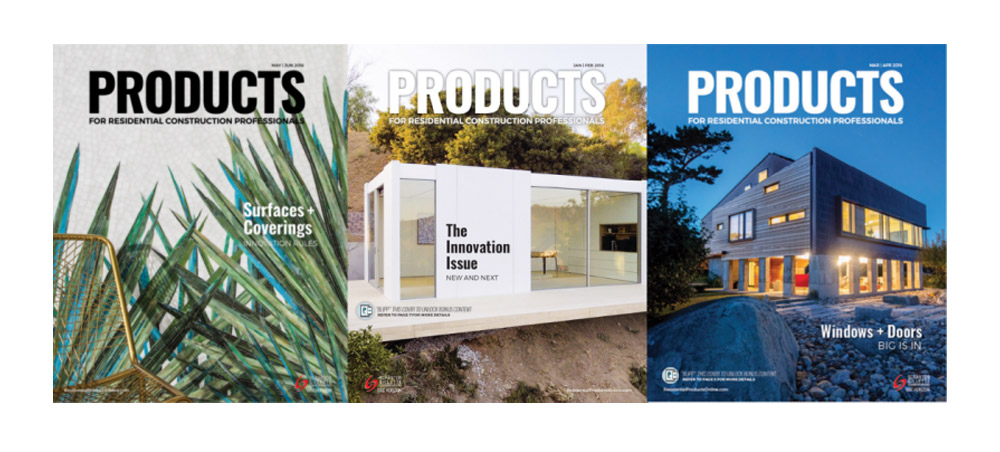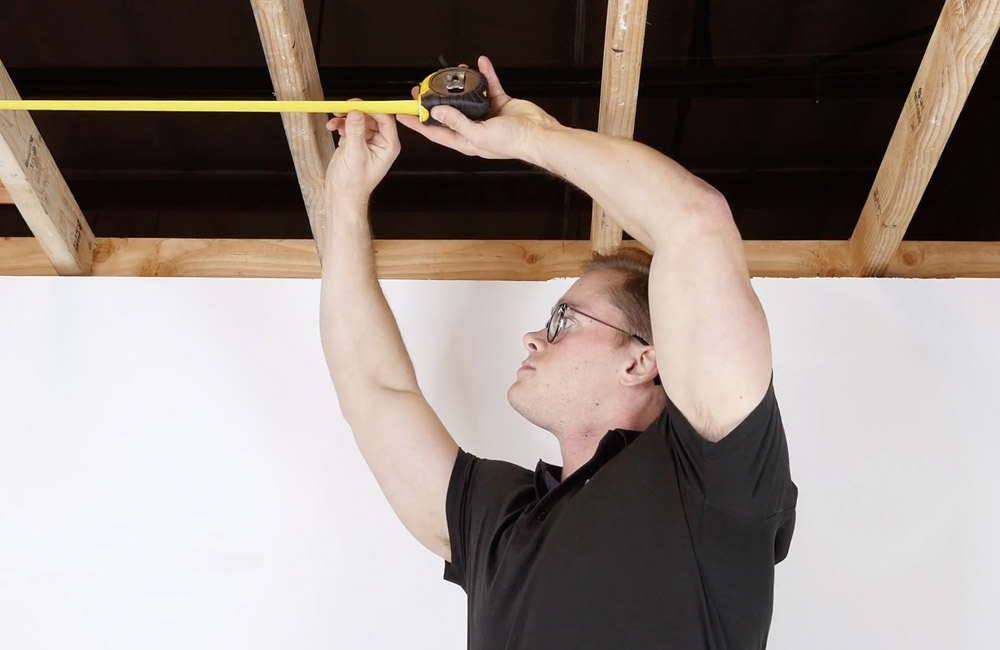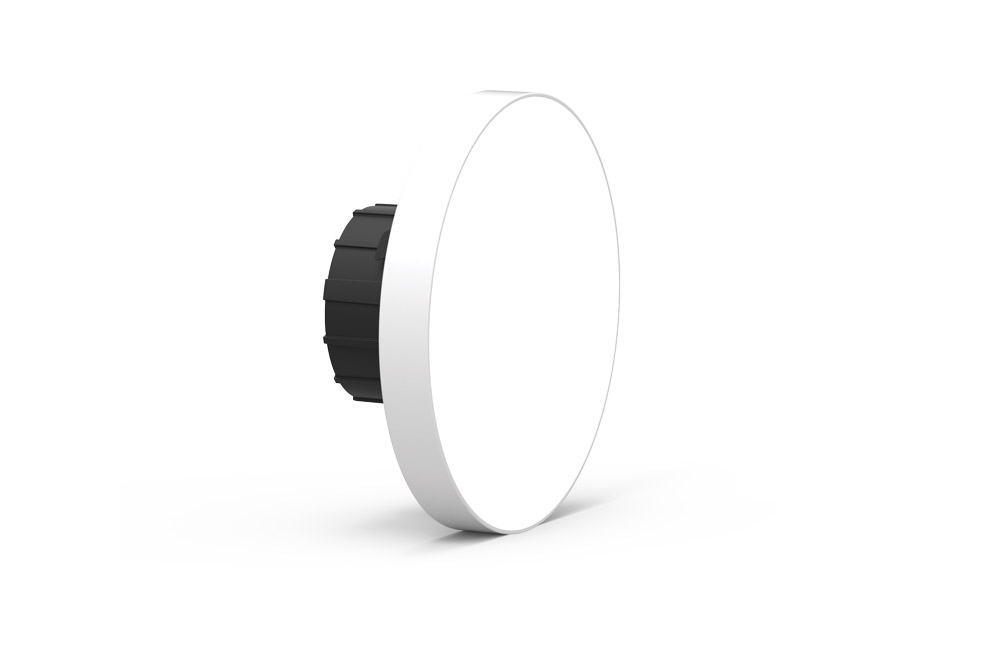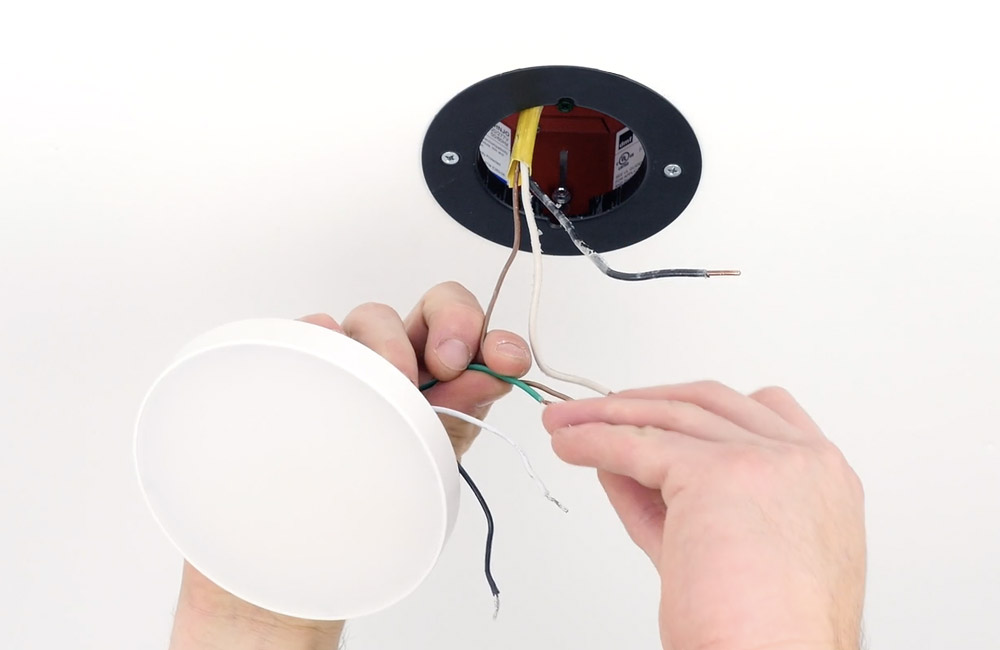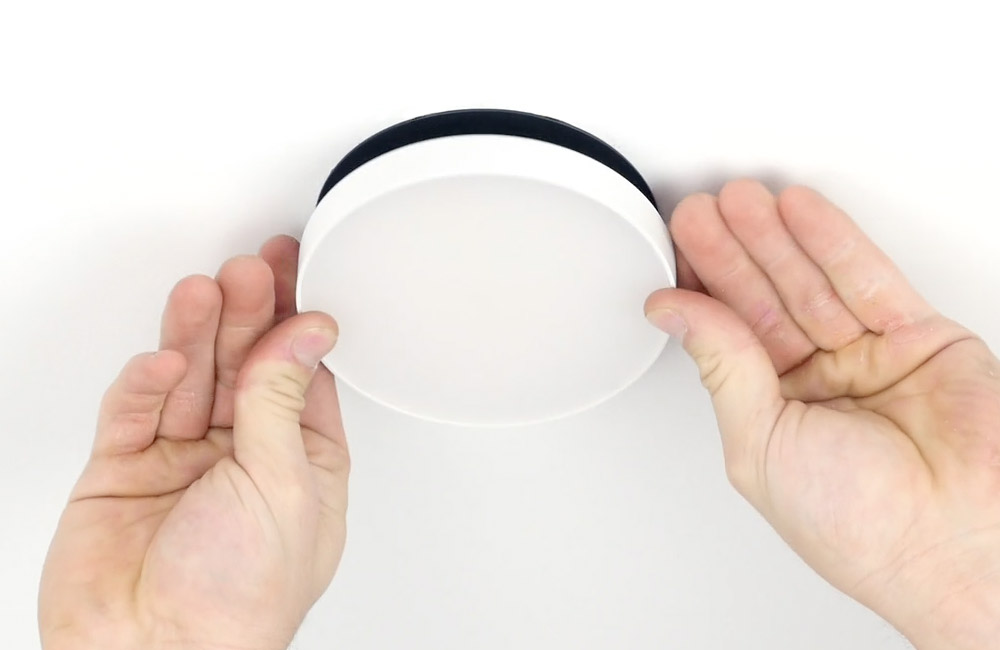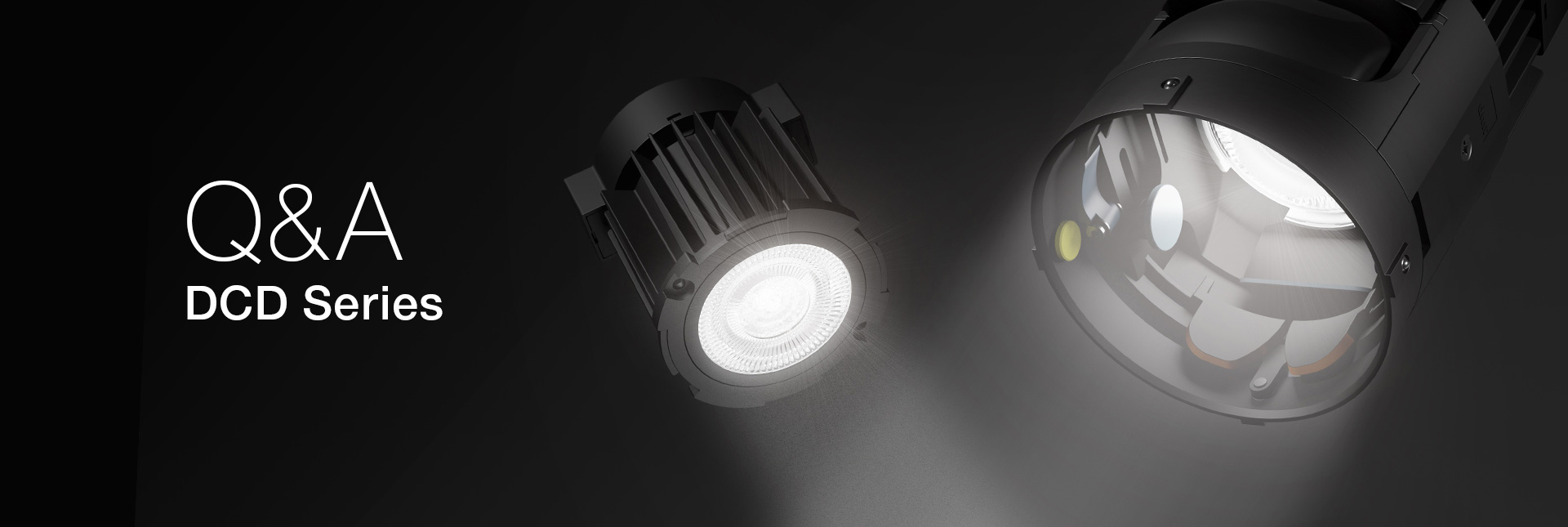
Recognized for its robust lighting capabilities within a modular system, the DCD Series was named the 2020 Lightfair Innovation Award Category Winner for Recessed Downlights, Wall Washers and Multiples. DMF is proud to have the DCD continue our tradition of designing award winning products and spoke with Amir to learn more about working at DMF and the innovation that went into designing the DCD Series.
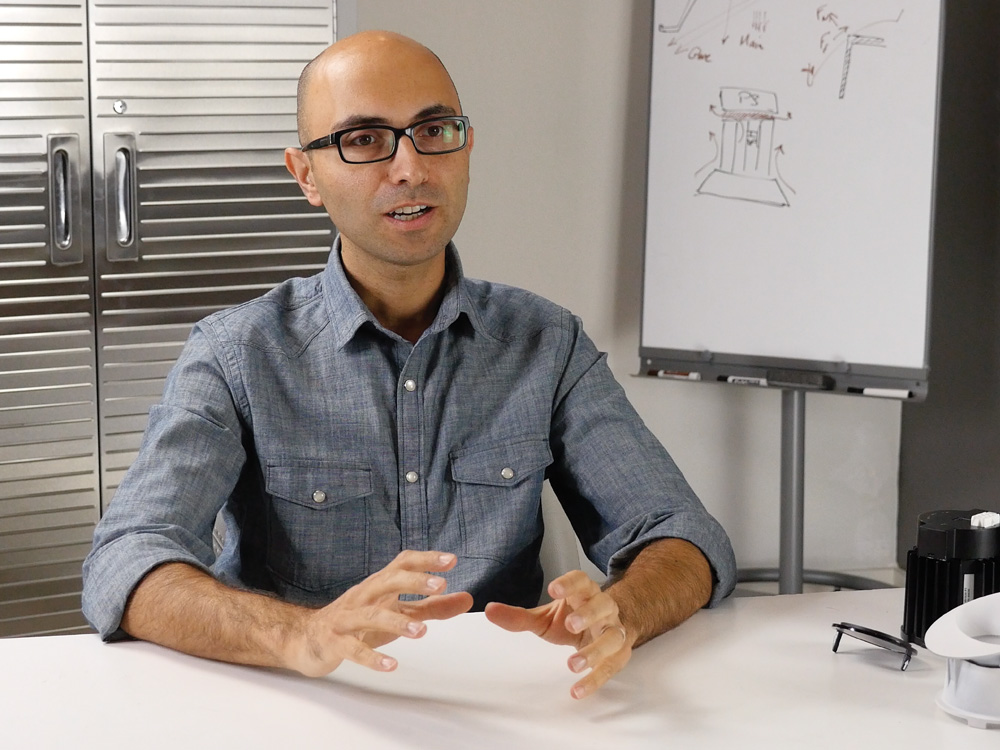
Describe what you do here at DMF.
The product development process at DMF has a few different sides to it. One part is the mechanical, another side is electrical, and we have optical systems too. And at the end of the day, all these parts need to come together to become a product. My main task at DMF is really to bring this whole development process together.
So what’s your favorite part of bringing it all together?
The most joyful moment of the product development process comes toward the end. When you have the product in your hand, and you see the iterations from where you started. Once you get to the point of when you can show it to people, show how it performs and behaves in different situations and environments and ultimately, how it’s superior to other products.
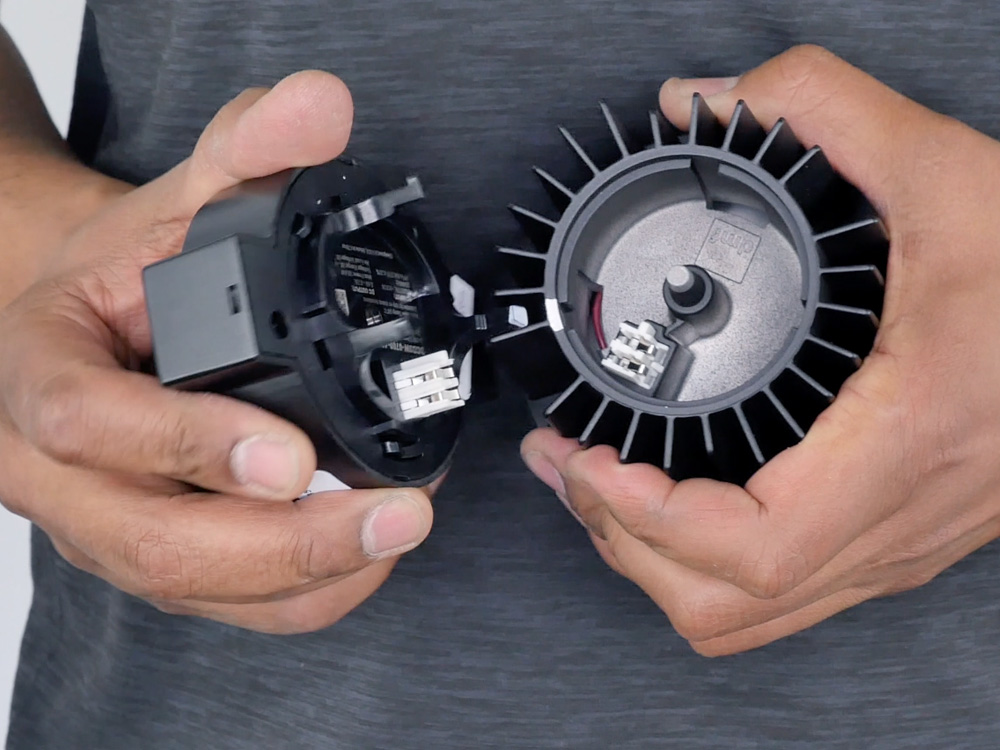
What gets you excited about what you do?
During the product development process, what gets you excited on almost a daily basis is when you work on a specific challenge and you start looking at the issues you have on hand. You do these brain storming sessions and then you create prototypes. We’re creating prototypes on a daily basis. The results you can basically see, how step-by-step you’re making it better and better every day. At some point, you make the decision to show it to a broader audience and from that point on, you feel that this unknown challenge you’ve had at the beginning has been solved. That’s what really gets people excited.
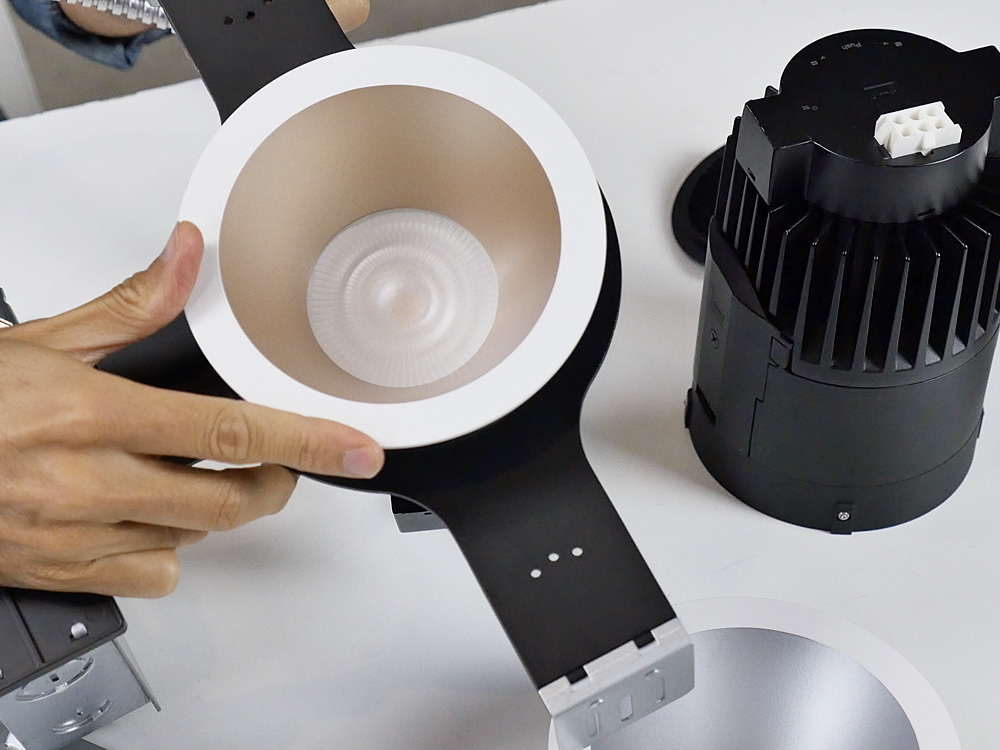
Explain what DMF is trying to achieve with their new products.
The way that I see it, DMF is a company that wants to be number one in downlighting. And what that really means is that it doesn’t matter where you start, residential type of construction all the way to commercial, it could be multi-family, every different type of scenario. We want our products to be the number one option people choose. And that can be tricky because a lot of people look at lighting differently. Some people look at the price, some at quality, and some at performance. For us, we try hit all three. That’s how we want to win in the market, by becoming number one in all three aspects. From quality to how we price the product and ultimately the performance.
What makes DMF products unique in the industry?
How easy and interchangeable and modular our products are. They give different customers different tools. From the contractor to the lighting designer or even the homeowner, people work with our products differently. How easy it is to swap out different products, how easy it is to maintain our products, and how reliable and durable our products are. This is how we make our products unique, and it’s standard across the board in all our products.
Tell us about the engineering team at DMF.
We’re basically a combination of different talents from different industries with multiple different disciplines. We have people from the auto industry, from Aerospace, from the medical industry, and of course lighting. Having all these different backgrounds, experiences, and skill sets really contributes to our product innovation and is unique to DMF.
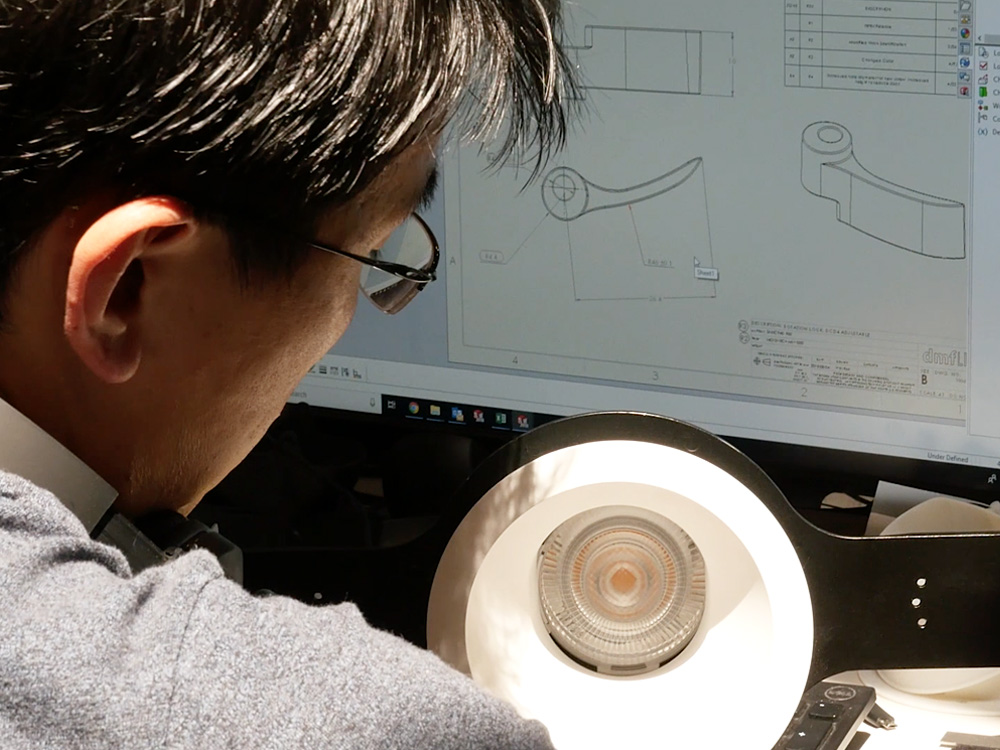
What drives product development at DMF?
We look to address needs in the market. We normally start the product development process from the perspective of the customers. So you have to do a lot of interviews, talk to people and try to determine where existing products cannot answer their needs. Where do you have issues? Performance? Installation? You have to talk to different groups too. You don’t only focus on the lighting designer and architect. You also go out and talk to the homeowners, the builders, and the contractors. We gather all the pain points from these different groups and design our products to address them.
Is that how the DCD started?
Yes, we discovered that in a commercial application, even though a lot of the planning is done in advanced, there’s always changes. And any changes that occur towards the end of the project are very costly. We set out to design a commercial product that can adapt to those changes. Changing the product had to be easy and the installation had to be forgiving.
“That’s why everything is modular,
simple, and tool-free.”
Once you put it in the ceiling, everything after that point is tool-free. You can swap out modules. Swap out optics. Swap out trims. All by hand. Nearly every piece of this product family is interchangeable.
What were the challenges in achieving that?
Designing a housing that can accommodate both a downlight and adjustable. When you look at other adjustable commercial housings on the market, they have a frame in the ceiling that’s already set for an adjustable. There are a number of structures inside the frame that are needed to hold their adjustable light, so you lose that adaptability.
But not only that, adjustables often have issue with light leakage. That’s why a lot of competitors use a “shoe box” where they put everything in a big box. But the whole system becomes very clunky hard to install. It will interfere with the ceiling insulation, joists, HVAC system.
“We wanted to make sure
everything is minimized and
compacted into a smaller space.”
Combining those requirements of a universal frame and a system that works in a small space were the biggest obstacles. That’s what led us to designing the cold-fused light shield.
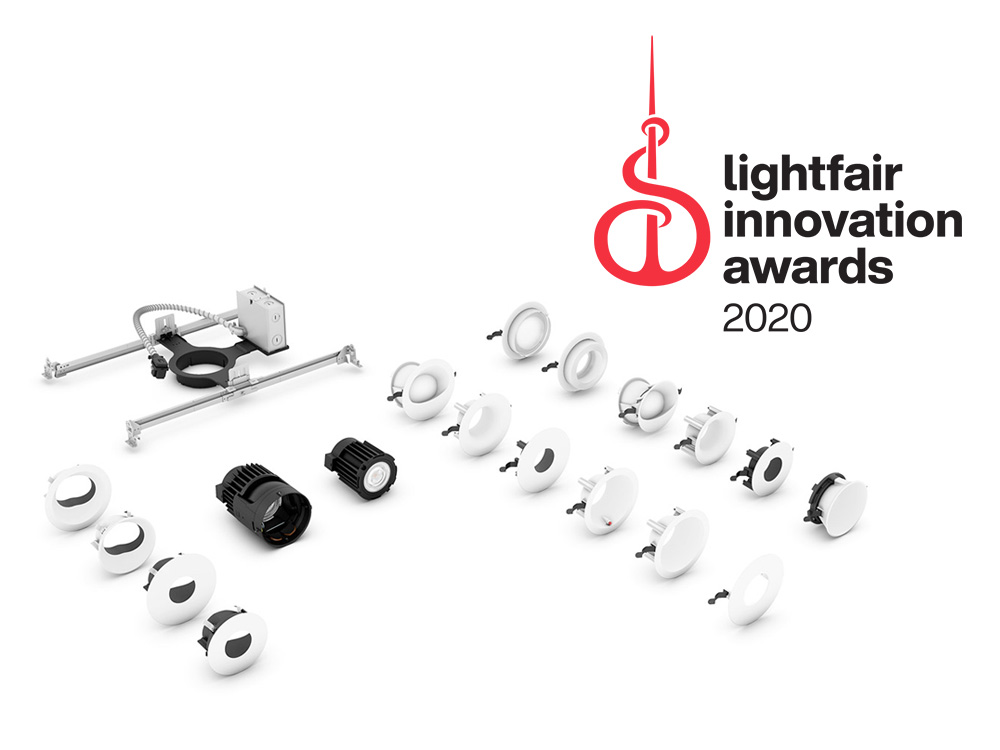
Finally, what do you love most about the DCD Series?
It all comes down to performance. We wanted to make sure the DCD is spec grade. There’s a minimum cut off angle you want to hit in order to achieve a quiet ceiling, where you can’t see the light until you are under it. You usually lose a lot of light with this, so it’s important in balancing the recessed depth of the product while at the same time meeting ENERGY STAR efficiency requirements and higher-lumen performance.
We believe we did just that. We were able to basically hit every important aspect you would want from a lighting system in one product.
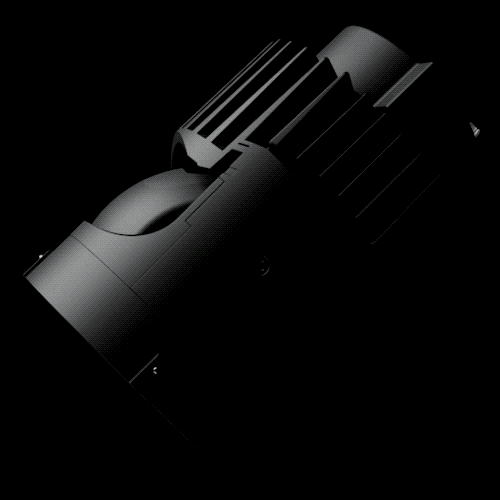
Learn more about the DCD Series series.
– – – – – – – –
Connect on LinkedIn, Instagram, Facebook, or Twitter to stay up to date with everything that’s happening at DMF Lighting.

